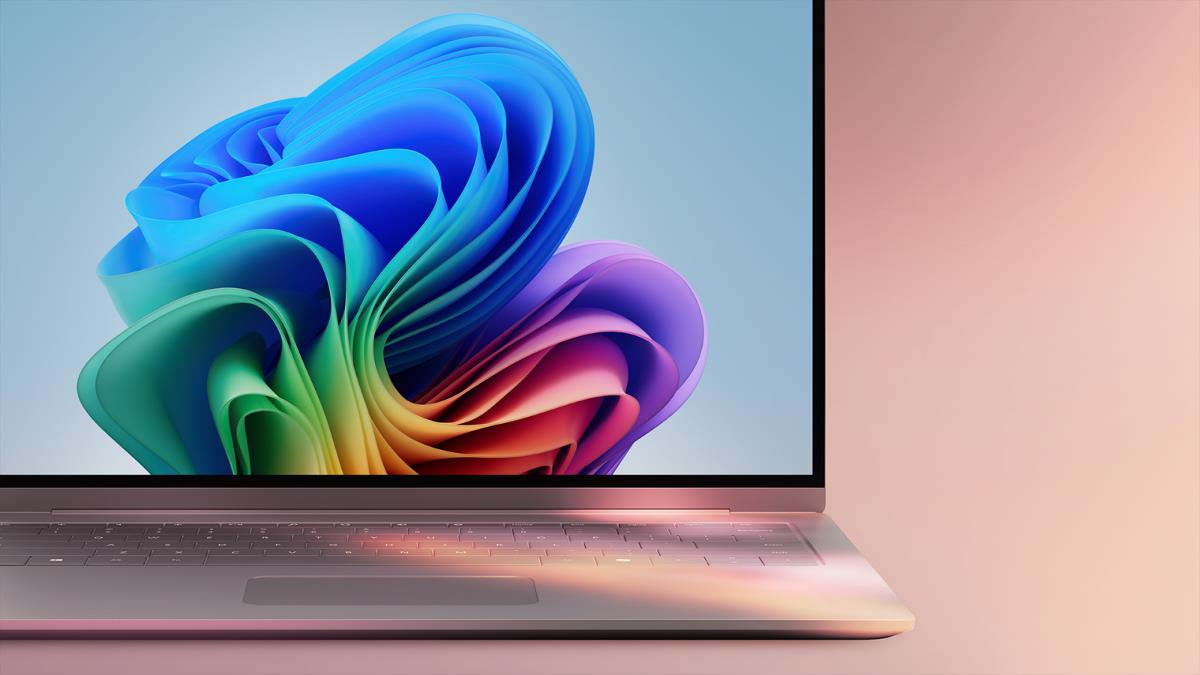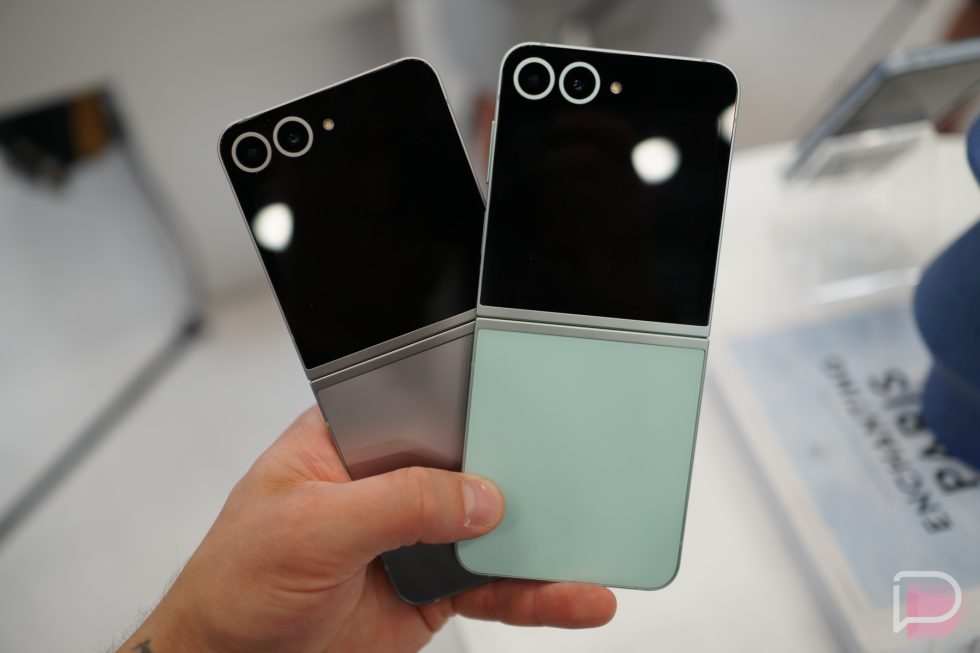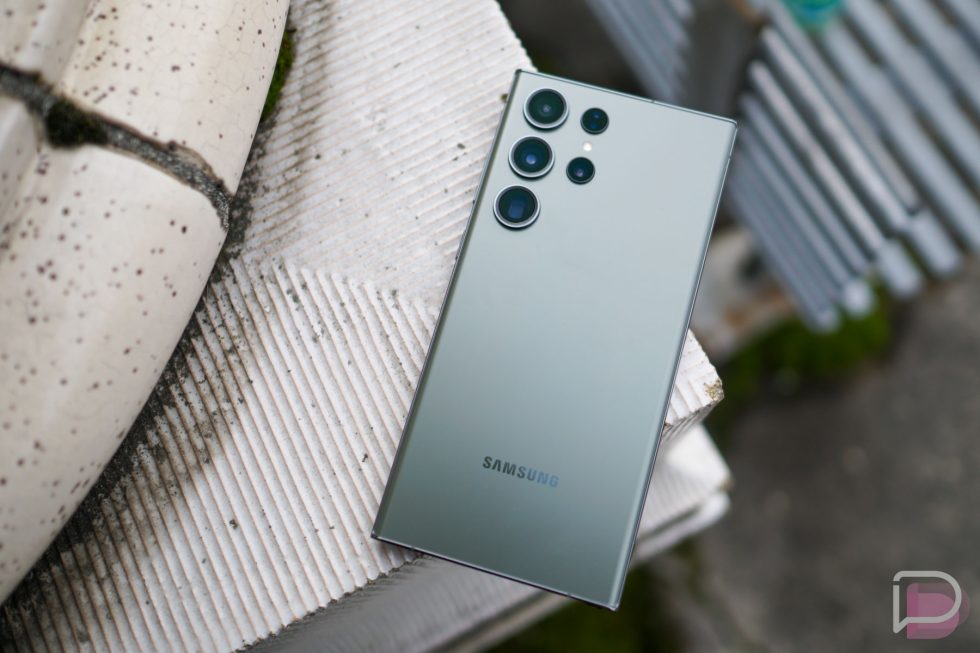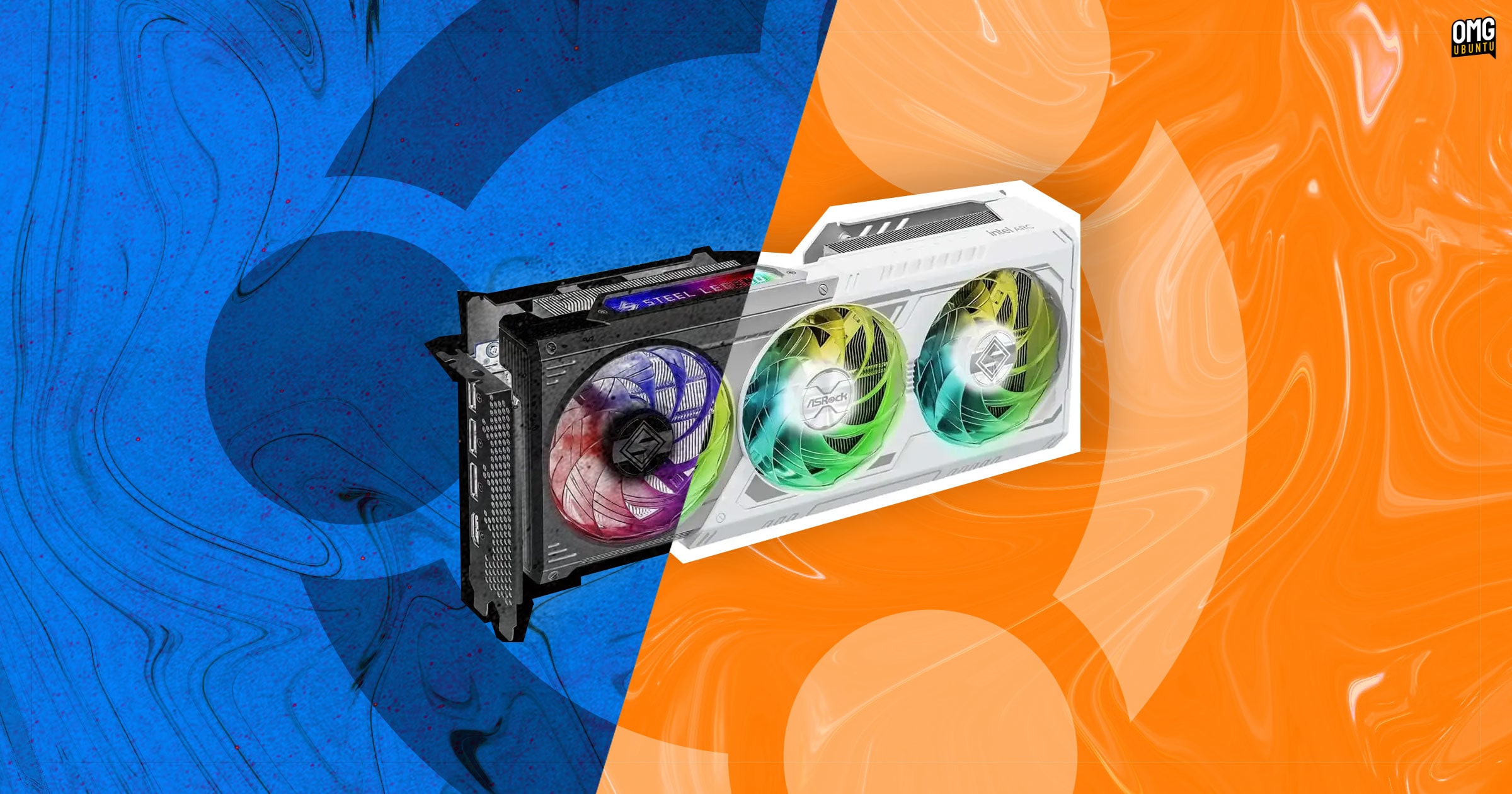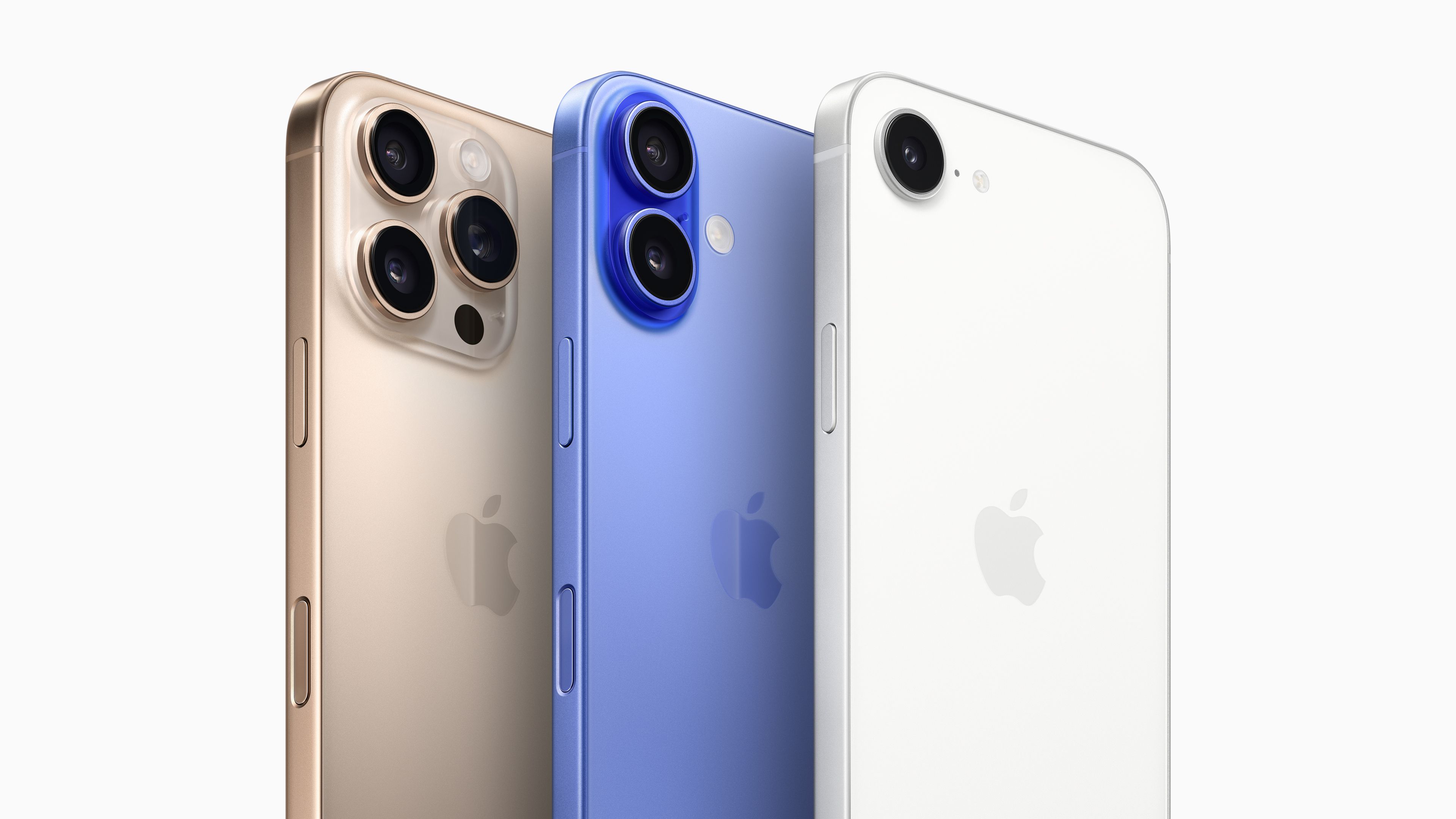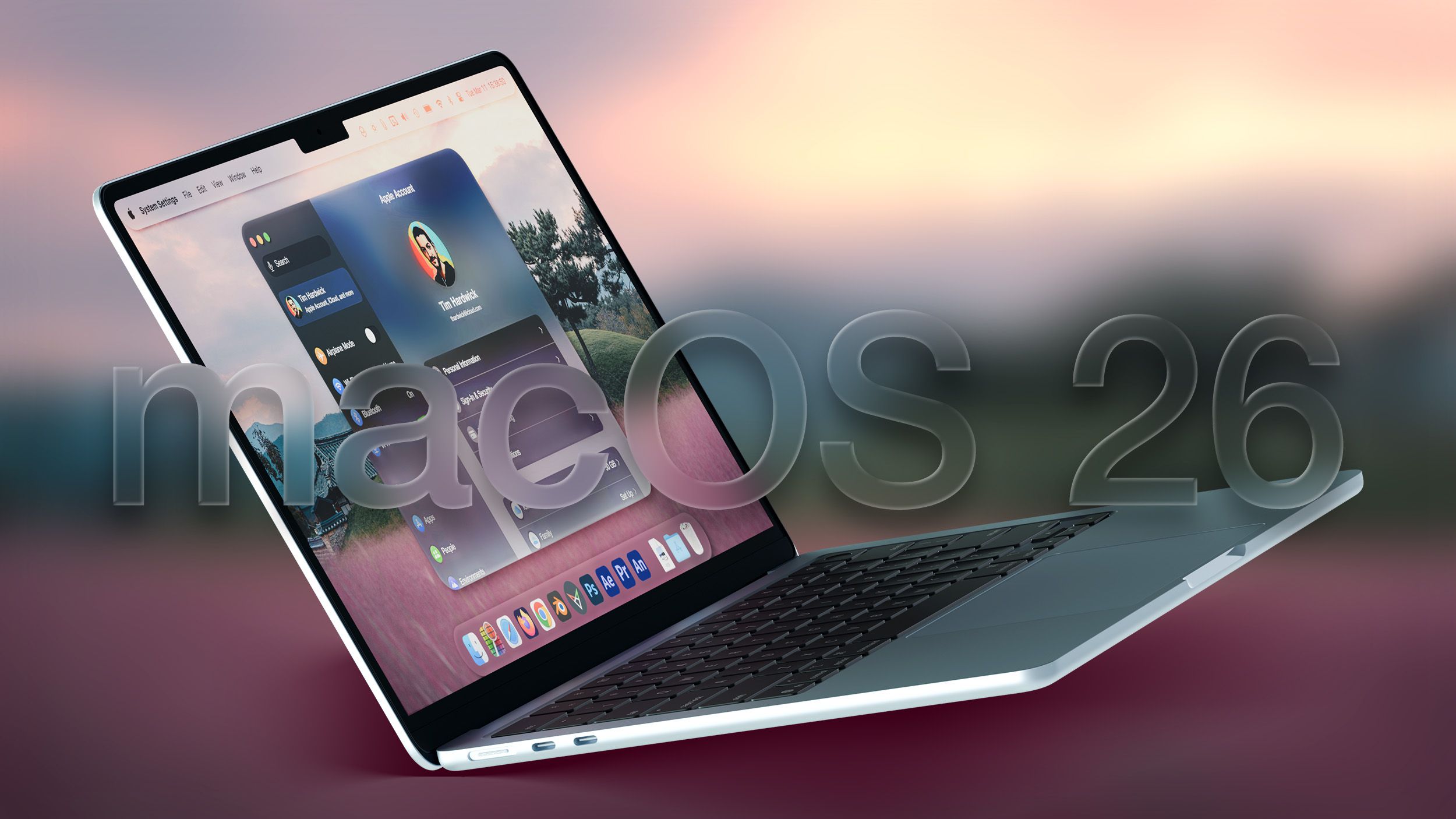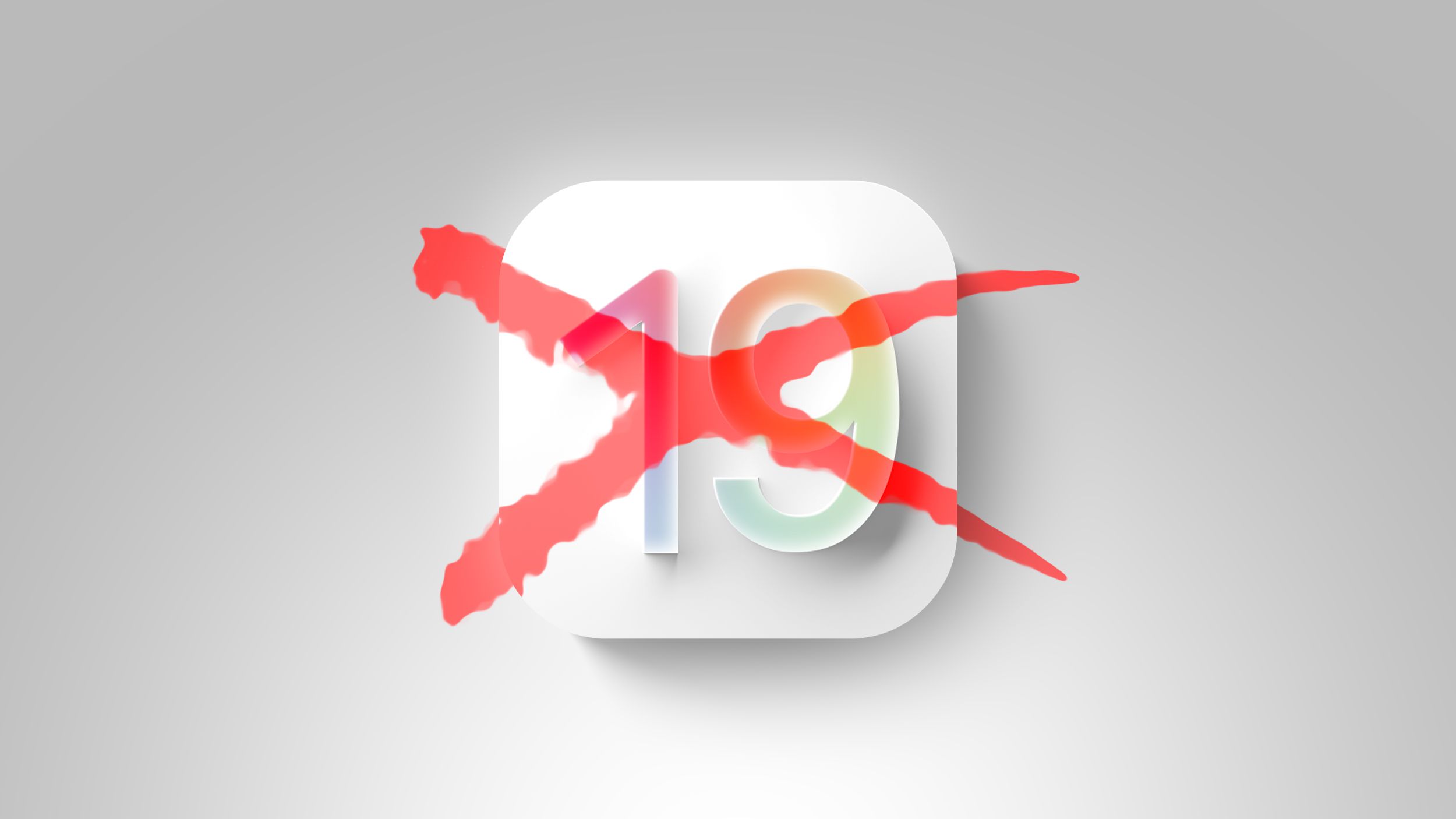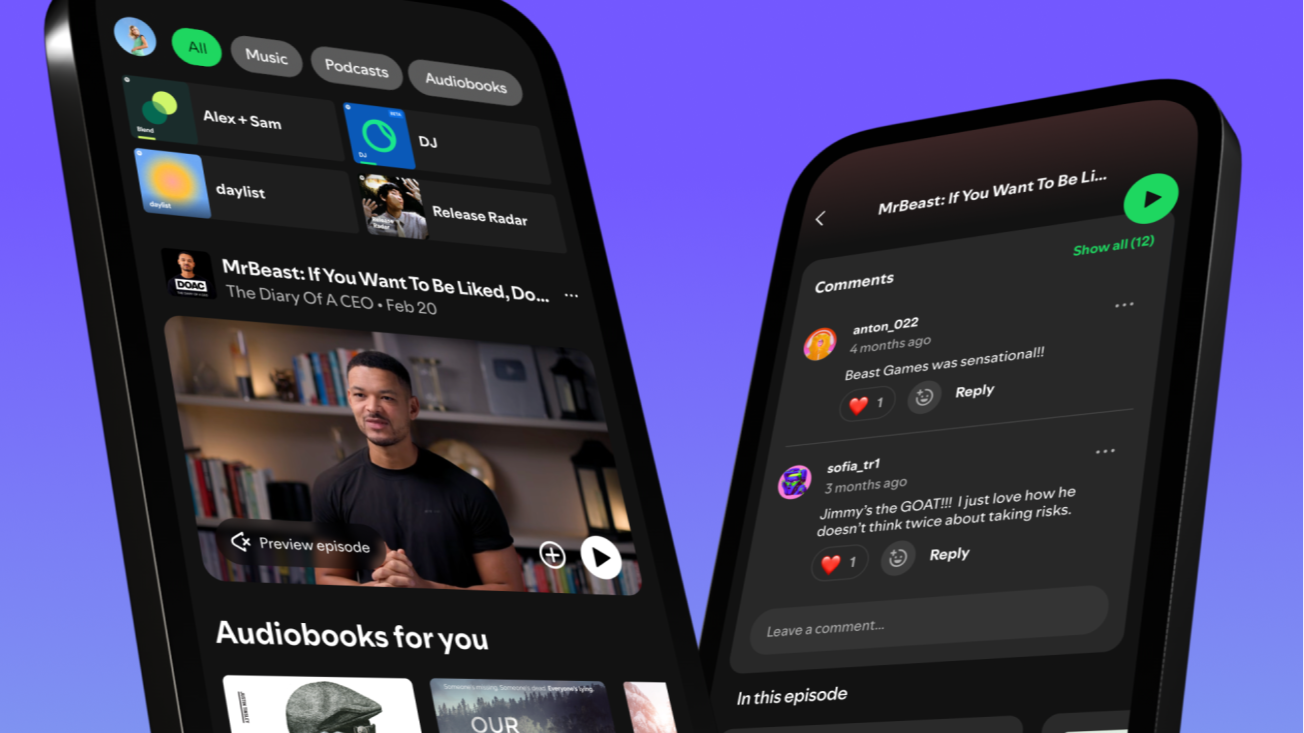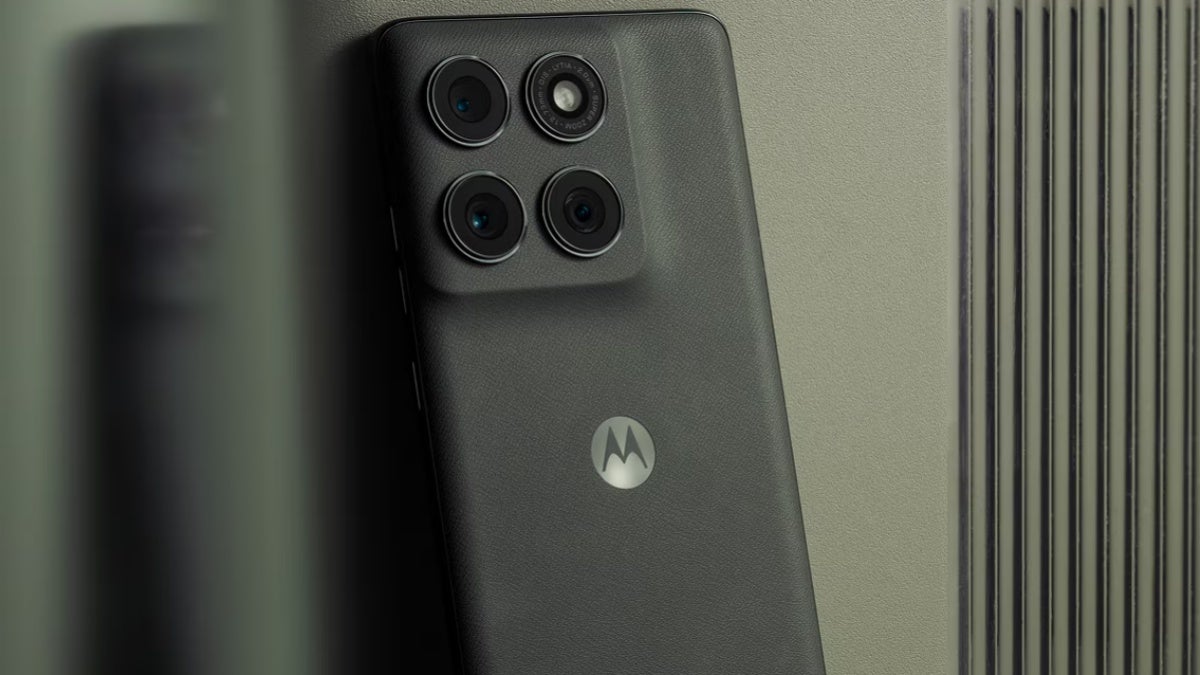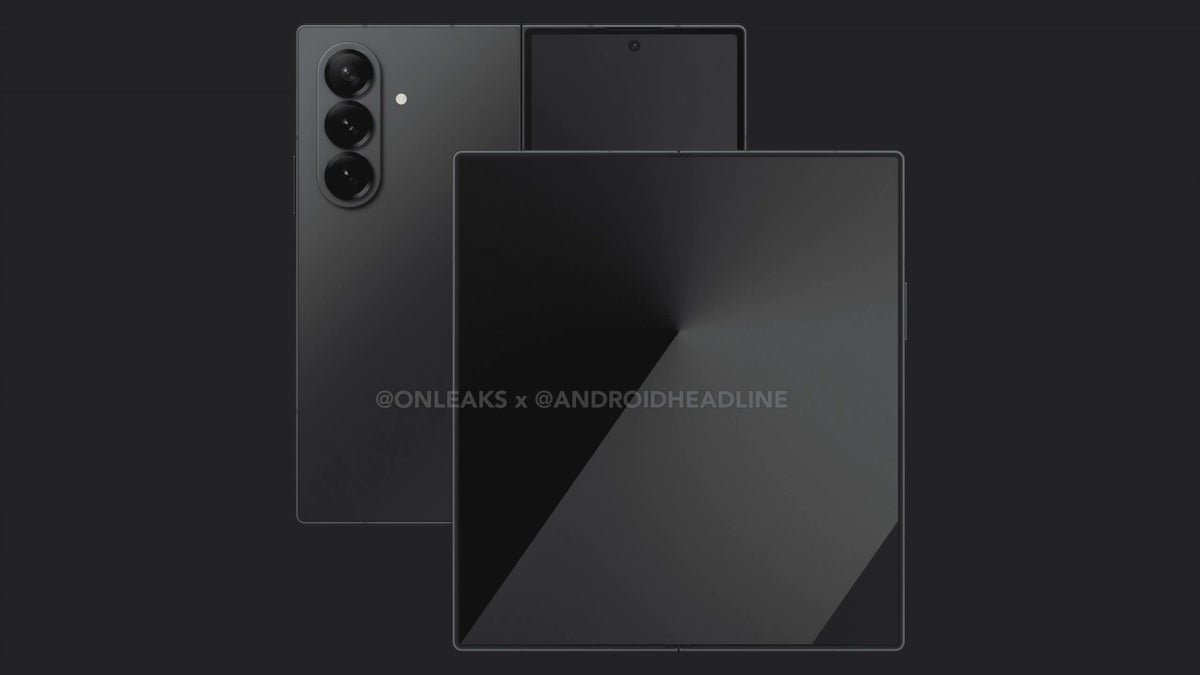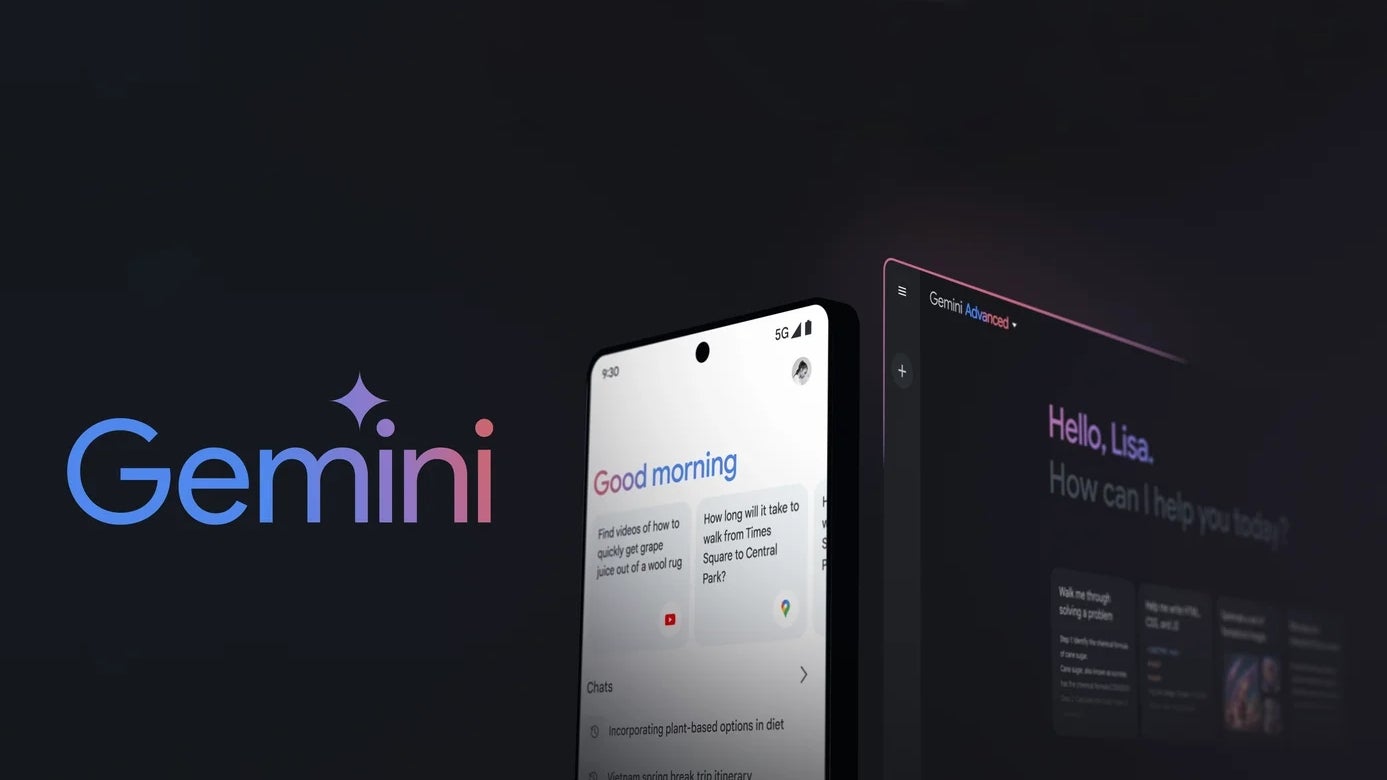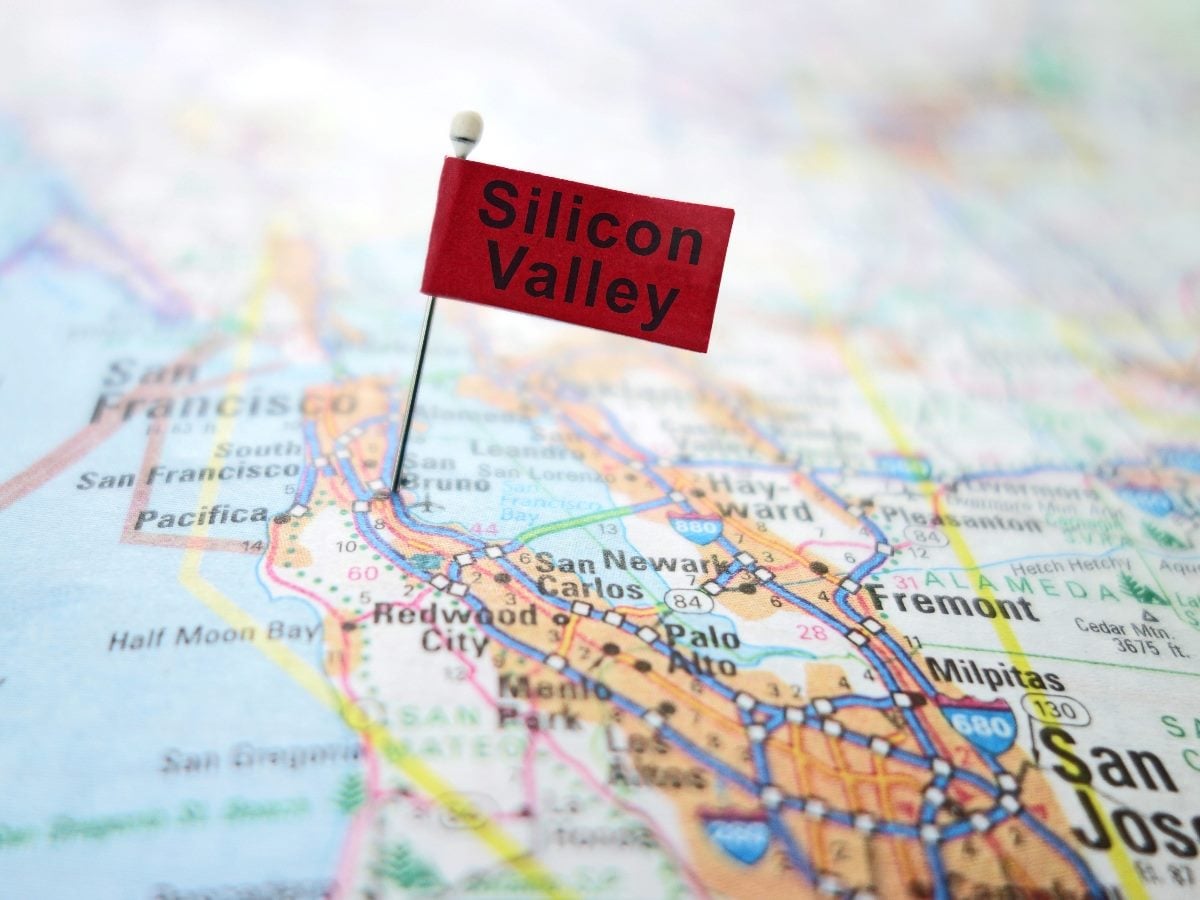Inside Microsoft’s Agentic DevOps Push at Build 2025
At Microsoft Build 2025, the company laid out a series of AI-focused announcements that signal where enterprise software may be heading next. One of the biggest announcements was an expansion of Azure AI Foundry, a platform built to help businesses develop and scale AI agents efficiently. The tech giant also shared more on its partnership with Elon Musk’s xAI and new updates to GitHub Models. Since its launch, Azure AI Foundry has evolved significantly. What started as an application layer evolved into a full-stack platform capable of supporting complex workflows and multi-agent systems. According to Microsoft, Azure AI Foundry has grown to handle trillions of tokens and processes billions of enterprise queries every day. It supports over 70,000 customers. With the aim of enhancing the platform, Microsoft has brought the Grok 3 and Grok 3 mini models from xAI to the Azure AI Foundry ecosystem. This means developers can now choose from a wider range of AI models to pick the right tool for the job. Microsoft is also pushing into multi-agent workflows, on-device AI with Foundry Local, and advanced retrieval methods for complex queries. With the general availability of Azure AI Foundry Agent Service, Microsoft is introducing new tools for developers to orchestrate specialized AI agents. The goal is to support multi-agent workflows. This means developers can use the tools to coordinate multiple agents that handle different tasks, pass information between them, and manage long-running or complex processes. Microsoft says the service integrates with orchestration frameworks like Semantic Kernel and AutoGen. It also supports open protocols like Agent-to-Agent (A2A) and Model Context Protocol (MCP). This can help AI systems communicate more smoothly. To improve transparency and control, Microsoft rolled out new AgentOps tools that let teams watch agent performance in real time. This covers not just efficiency, but also cost and safety - areas that have often been overlooked in the rush to deploy AI. These announcements show that Microsoft is aiming for more than just adding new features. The company wants to tie together the growing mix of AI models and tools in a way that’s practical for developers. Instead of focusing on one product, Microsoft is setting itself up as the place where different AI systems can work together and actually get things done at scale. Microsoft underscored the central role developers play in its AI vision, stating, “Developers are at the center of it all. For 50 years, Microsoft has been empowering developers with tools and platforms to turn their ideas into reality, accelerating innovation at every stage. From AI-driven automation to seamless cloud integration and more, it’s exciting to see how developers are fueling the next generation of digital transformation.” The move to include Grok 3 and Grok 3 Mini models into Azure AI Foundry may seem surprising given xAI’s legal disputes with OpenAI, a company closely allied with Microsoft. However, the relationship between Microsoft and OpenAI has become increasingly turbulent. Microsoft has increasingly shown a willingness to embrace models from a range of AI labs - including those that compete directly with OpenAI. It shows that Microsoft is prioritizing ecosystem diversity and developer choice over strict loyalty to any one AI partner. At the Build 2025 event, CEO Satya Nadella emphasized the company's vision of an "open agentic web," highlighting a future where AI agents operate across various contexts to perform tasks on behalf of users and organizations. The company is building the tools, infrastructure, and standards needed to connect these intelligent agents across different environments. Microsoft introduced GitHub Models, a new feature letting developers manage, compare, and evaluate AI models directly in repositories. Alongside this, GitHub Copilot has evolved into an autonomous coding agent. This reflects the company’s broader push toward using AI-driven assistance for software development. Microsoft was keen to point out the broader impact of AI beyond just business and software by stating, “Science may be one of the most important applications of AI, helping to tackle humanity’s most pressing challenges, from drug discovery to sustainability.” “At Build, we’re introducing Microsoft Discovery, an extensible platform built to empower researchers to transform the entire discovery process with agentic AI, helping research and development departments across various industries accelerate the time to market for new products and accelerate and expand the end-to-end discovery process for all scientists.”

At Microsoft Build 2025, the company laid out a series of AI-focused announcements that signal where enterprise software may be heading next. One of the biggest announcements was an expansion of Azure AI Foundry, a platform built to help businesses develop and scale AI agents efficiently. The tech giant also shared more on its partnership with Elon Musk’s xAI and new updates to GitHub Models.
Since its launch, Azure AI Foundry has evolved significantly. What started as an application layer evolved into a full-stack platform capable of supporting complex workflows and multi-agent systems. According to Microsoft, Azure AI Foundry has grown to handle trillions of tokens and processes billions of enterprise queries every day. It supports over 70,000 customers.
With the aim of enhancing the platform, Microsoft has brought the Grok 3 and Grok 3 mini models from xAI to the Azure AI Foundry ecosystem. This means developers can now choose from a wider range of AI models to pick the right tool for the job. Microsoft is also pushing into multi-agent workflows, on-device AI with Foundry Local, and advanced retrieval methods for complex queries.
With the general availability of Azure AI Foundry Agent Service, Microsoft is introducing new tools for developers to orchestrate specialized AI agents. The goal is to support multi-agent workflows. This means developers can use the tools to coordinate multiple agents that handle different tasks, pass information between them, and manage long-running or complex processes.
Microsoft says the service integrates with orchestration frameworks like Semantic Kernel and AutoGen. It also supports open protocols like Agent-to-Agent (A2A) and Model Context Protocol (MCP). This can help AI systems communicate more smoothly.
To improve transparency and control, Microsoft rolled out new AgentOps tools that let teams watch agent performance in real time. This covers not just efficiency, but also cost and safety - areas that have often been overlooked in the rush to deploy AI.
These announcements show that Microsoft is aiming for more than just adding new features. The company wants to tie together the growing mix of AI models and tools in a way that’s practical for developers. Instead of focusing on one product, Microsoft is setting itself up as the place where different AI systems can work together and actually get things done at scale.
Microsoft underscored the central role developers play in its AI vision, stating, “Developers are at the center of it all. For 50 years, Microsoft has been empowering developers with tools and platforms to turn their ideas into reality, accelerating innovation at every stage. From AI-driven automation to seamless cloud integration and more, it’s exciting to see how developers are fueling the next generation of digital transformation.”
The move to include Grok 3 and Grok 3 Mini models into Azure AI Foundry may seem surprising given xAI’s legal disputes with OpenAI, a company closely allied with Microsoft. However, the relationship between Microsoft and OpenAI has become increasingly turbulent.
Microsoft has increasingly shown a willingness to embrace models from a range of AI labs - including those that compete directly with OpenAI. It shows that Microsoft is prioritizing ecosystem diversity and developer choice over strict loyalty to any one AI partner.
At the Build 2025 event, CEO Satya Nadella emphasized the company's vision of an "open agentic web," highlighting a future where AI agents operate across various contexts to perform tasks on behalf of users and organizations. The company is building the tools, infrastructure, and standards needed to connect these intelligent agents across different environments.
Microsoft introduced GitHub Models, a new feature letting developers manage, compare, and evaluate AI models directly in repositories. Alongside this, GitHub Copilot has evolved into an autonomous coding agent. This reflects the company’s broader push toward using AI-driven assistance for software development.
Microsoft was keen to point out the broader impact of AI beyond just business and software by stating, “Science may be one of the most important applications of AI, helping to tackle humanity’s most pressing challenges, from drug discovery to sustainability.”
“At Build, we’re introducing Microsoft Discovery, an extensible platform built to empower researchers to transform the entire discovery process with agentic AI, helping research and development departments across various industries accelerate the time to market for new products and accelerate and expand the end-to-end discovery process for all scientists.”




























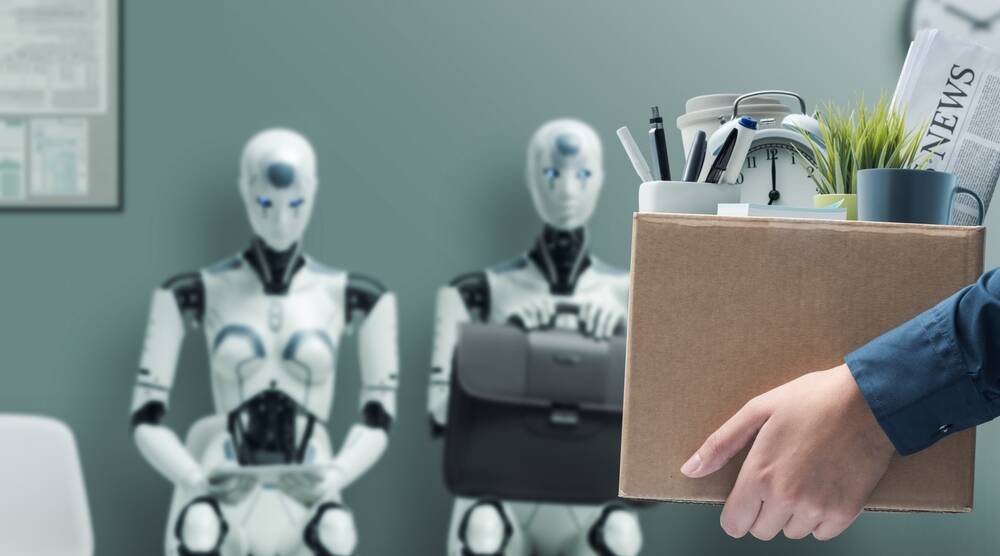
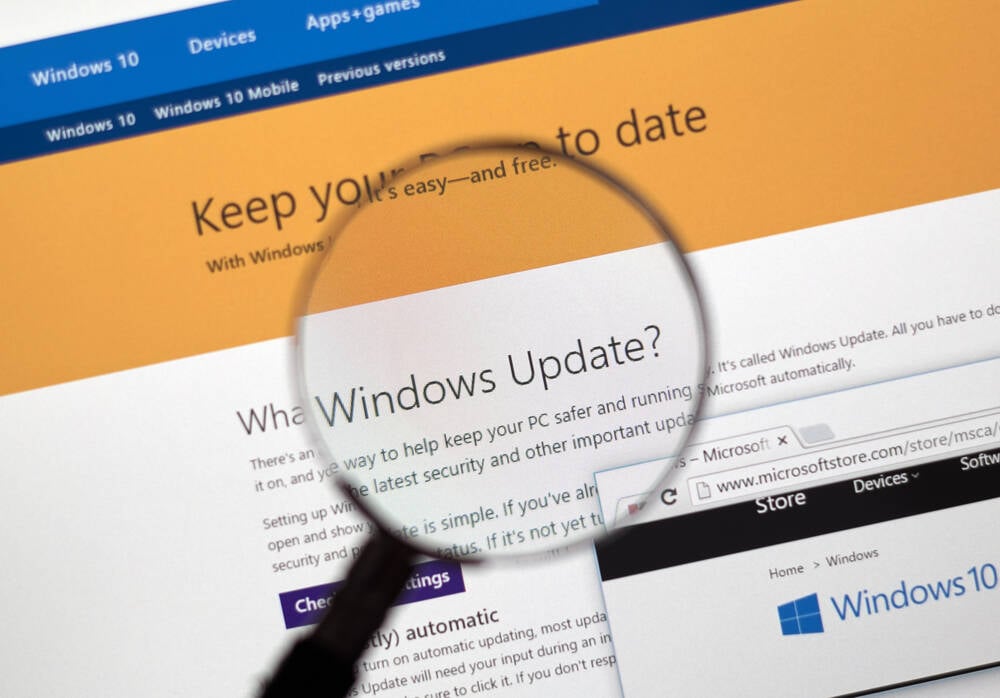
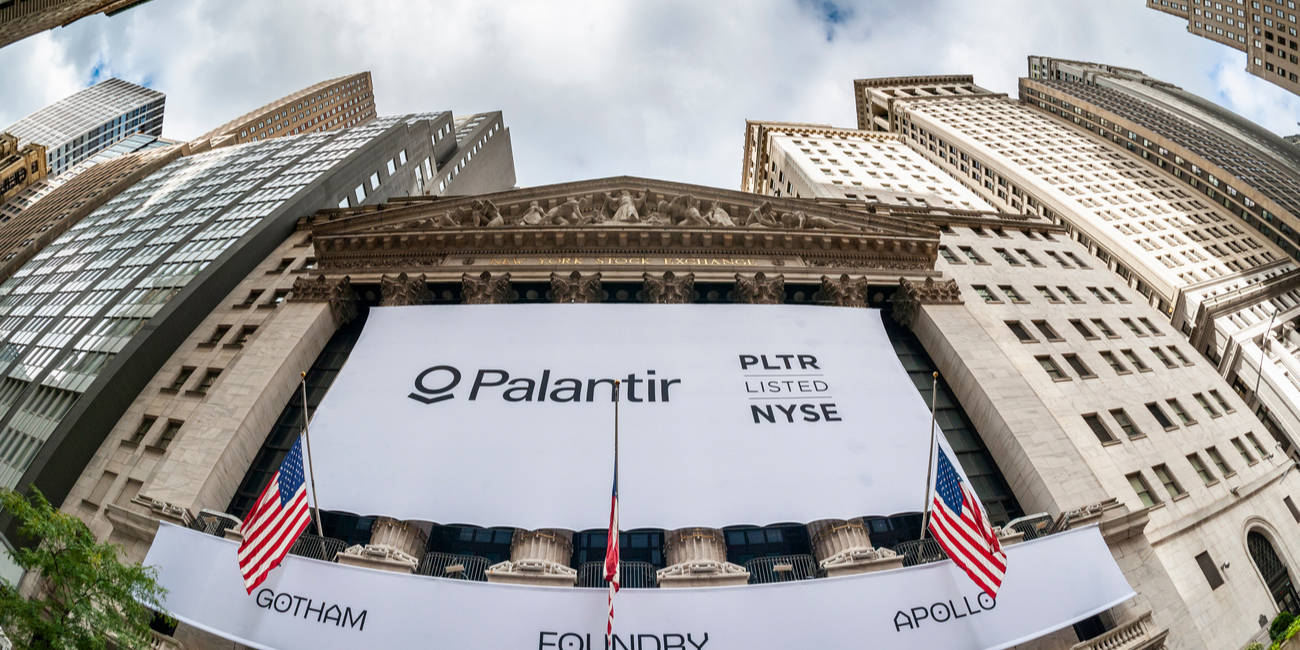
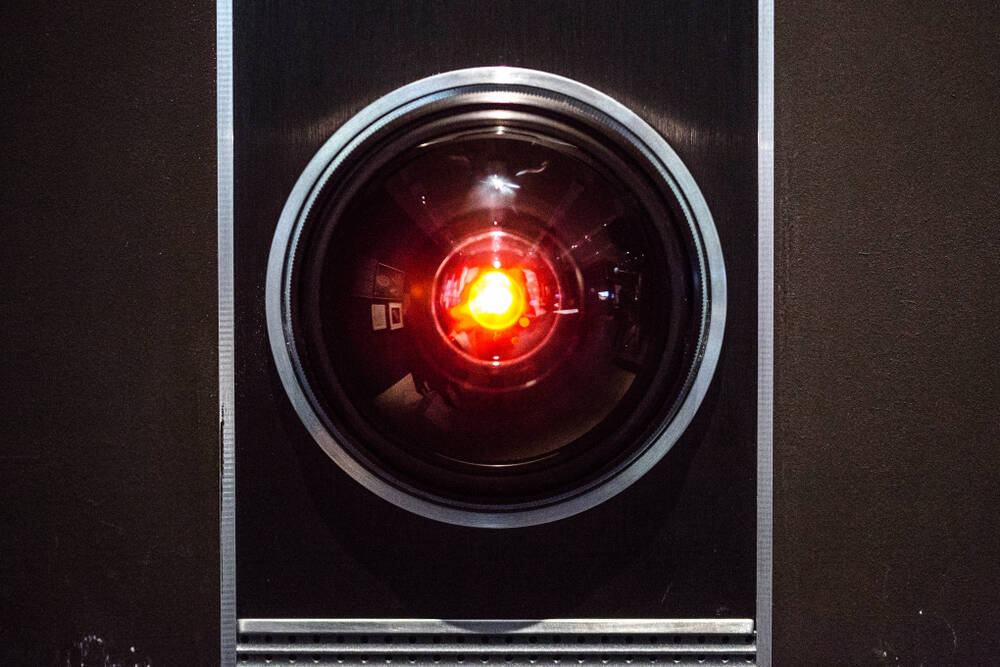





































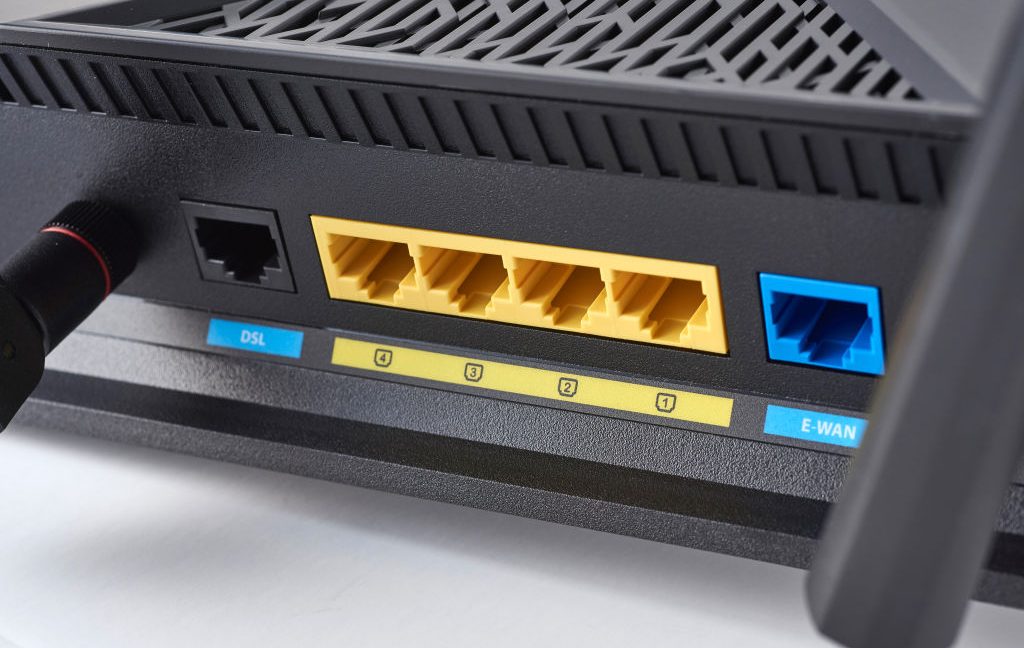
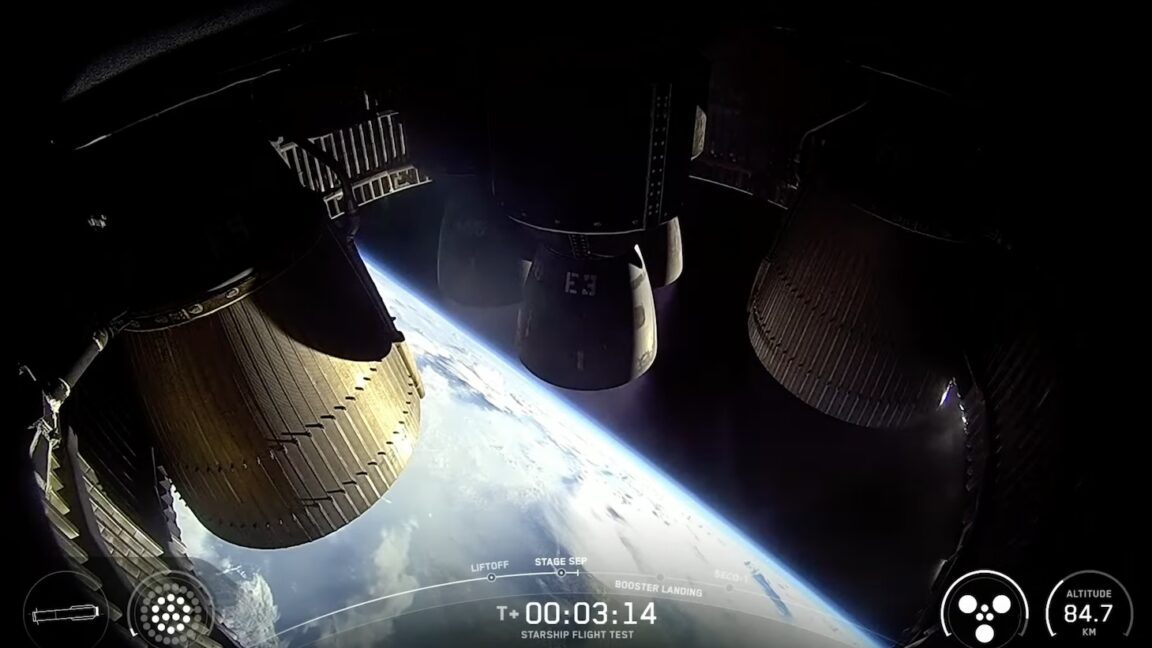
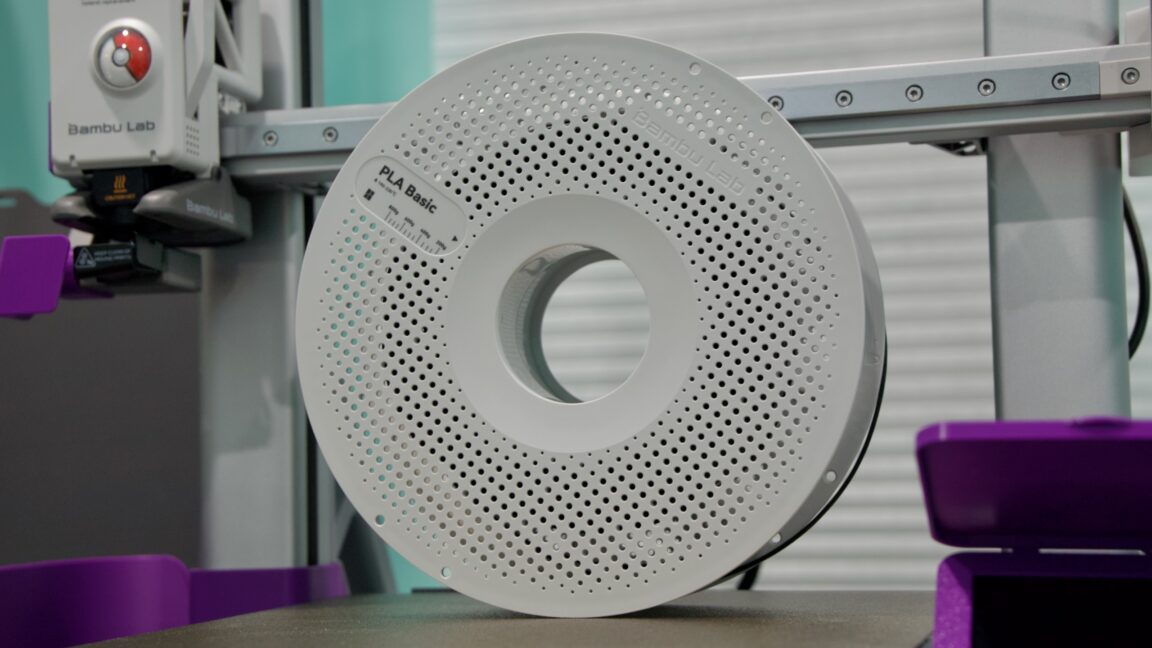
















































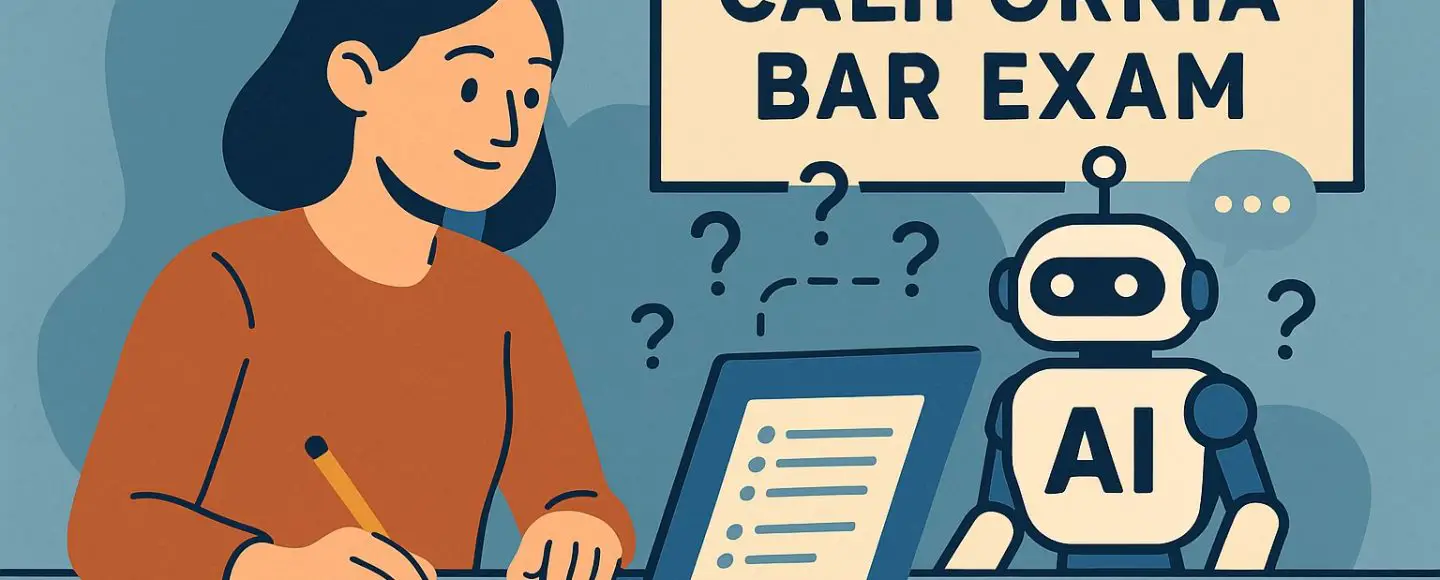
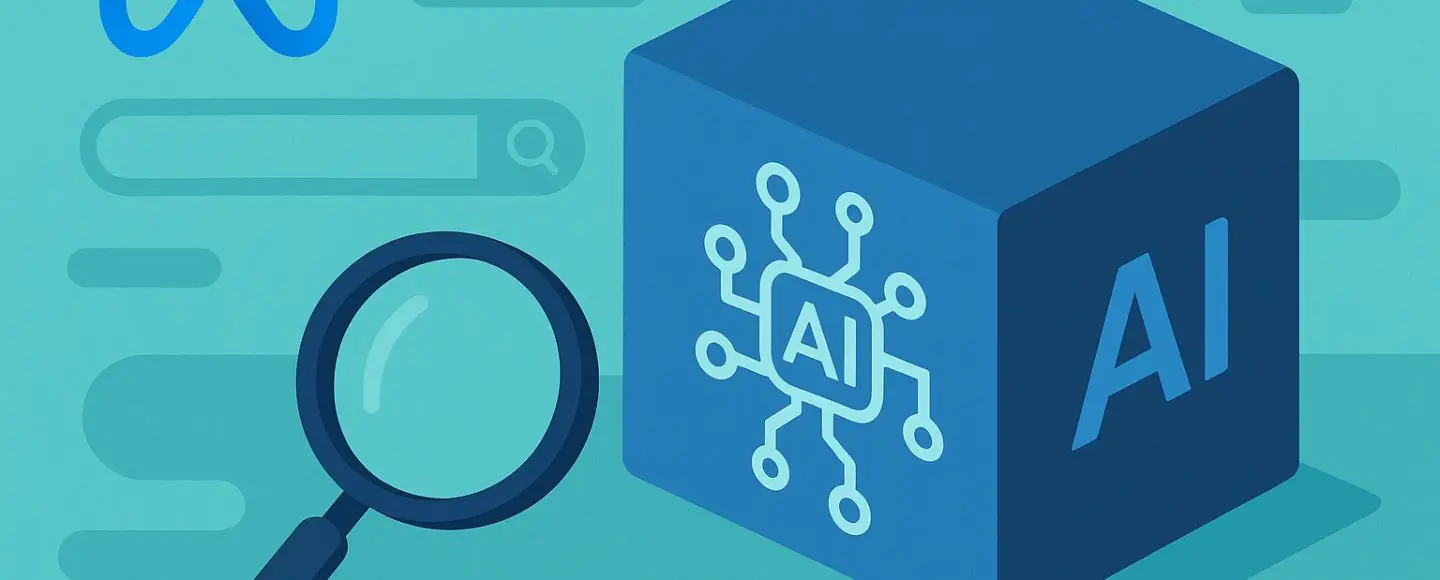








































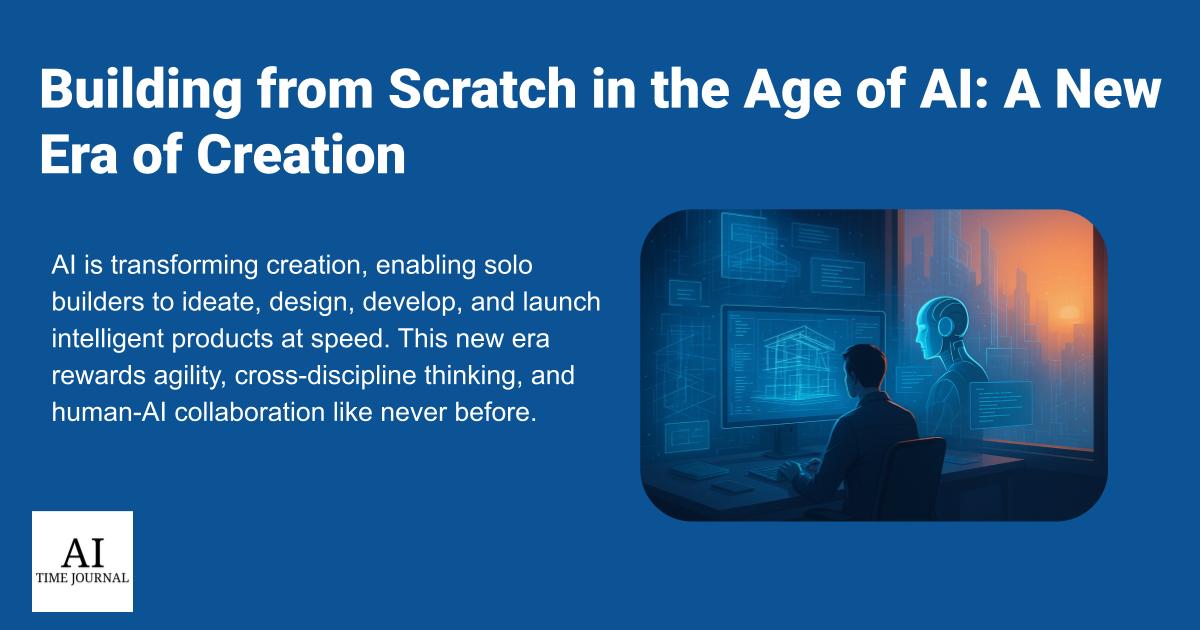












![[The AI Show Episode 150]: AI Answers: AI Roadmaps, Which Tools to Use, Making the Case for AI, Training, and Building GPTs](https://www.marketingaiinstitute.com/hubfs/ep%20150%20cover.png)
![[The AI Show Episode 149]: Google I/O, Claude 4, White Collar Jobs Automated in 5 Years, Jony Ive Joins OpenAI, and AI’s Impact on the Environment](https://www.marketingaiinstitute.com/hubfs/ep%20149%20cover.png)








































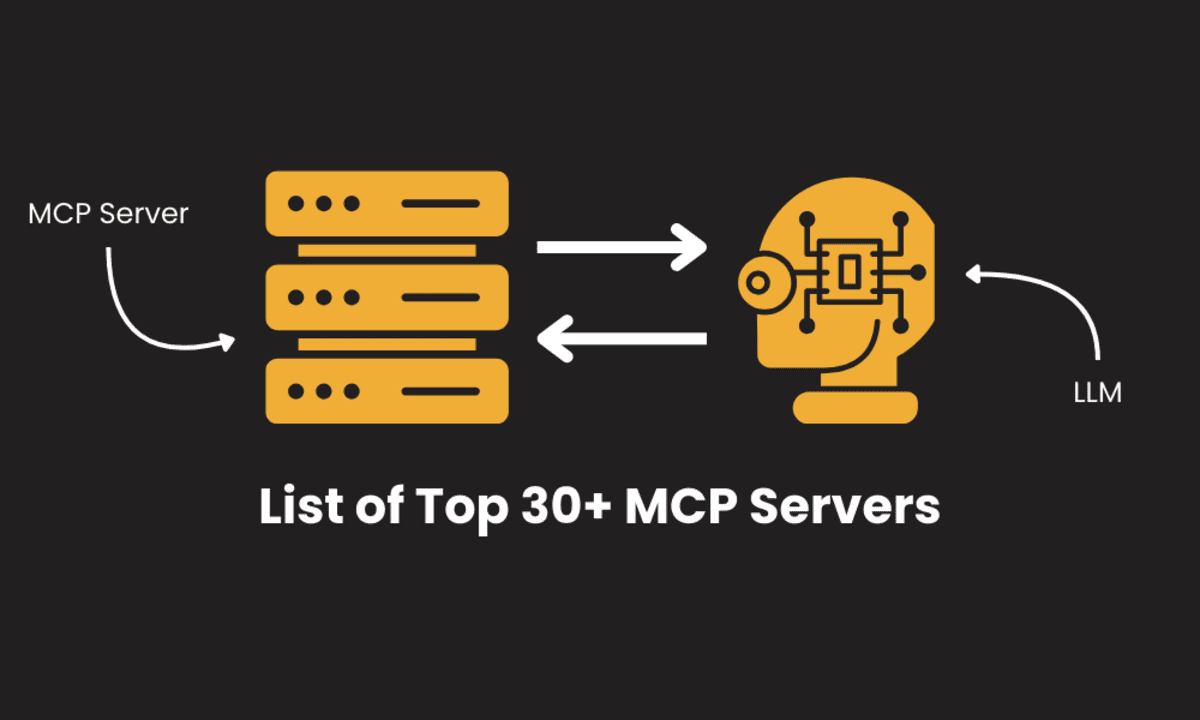




















































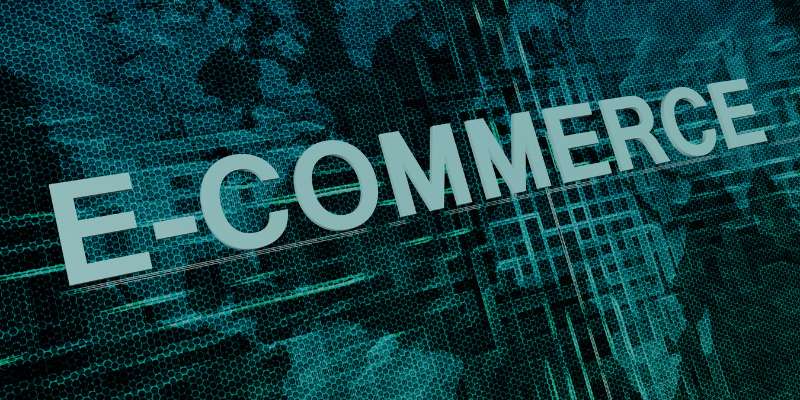
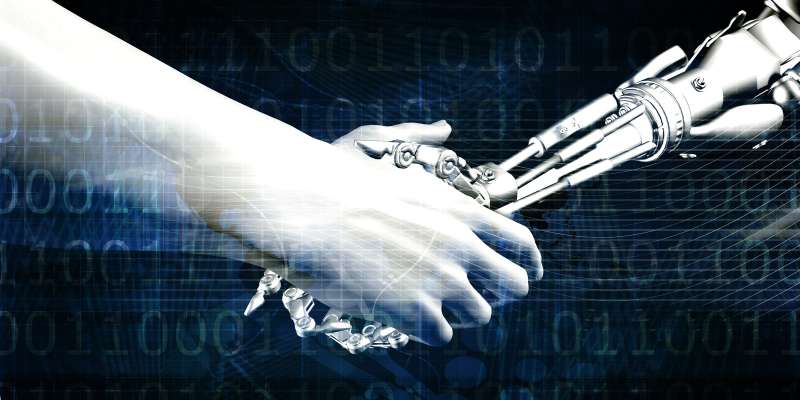






























![[DEALS] Mail Backup X Individual Edition: Lifetime Subscription (72% off) & Other Deals Up To 98% Off – Offers End Soon!](https://www.javacodegeeks.com/wp-content/uploads/2012/12/jcg-logo.jpg)
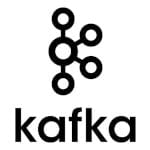






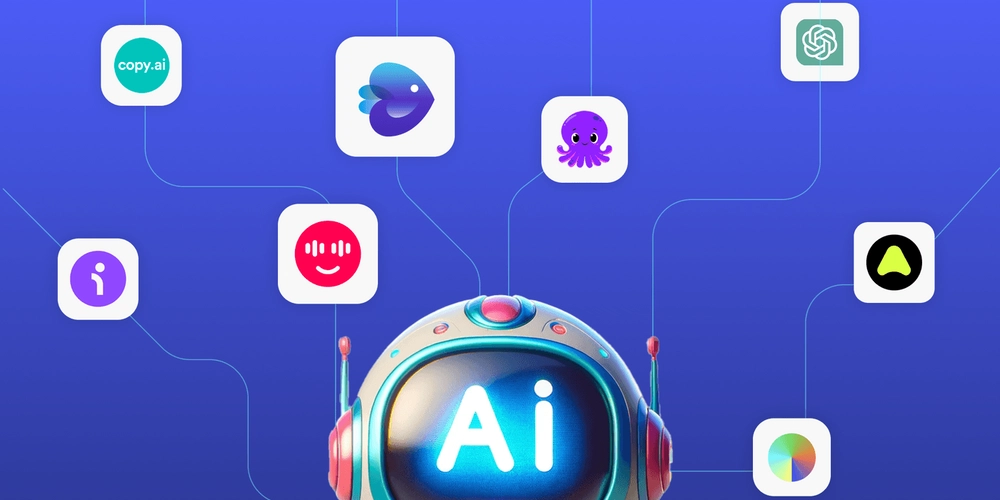
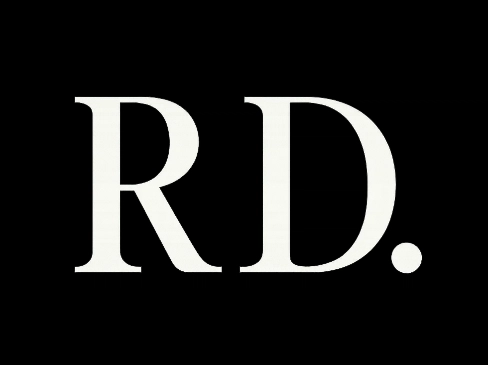












































































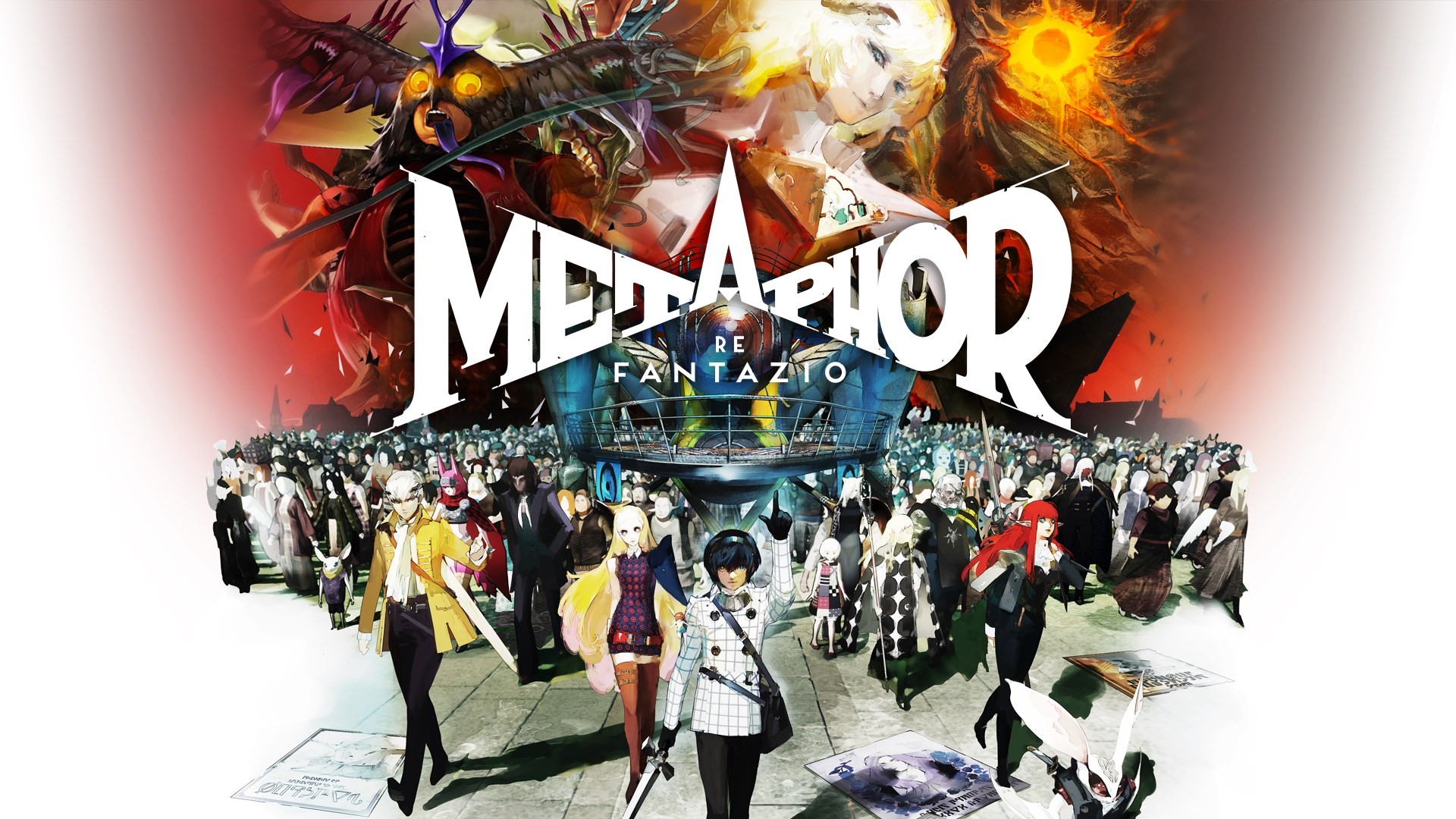
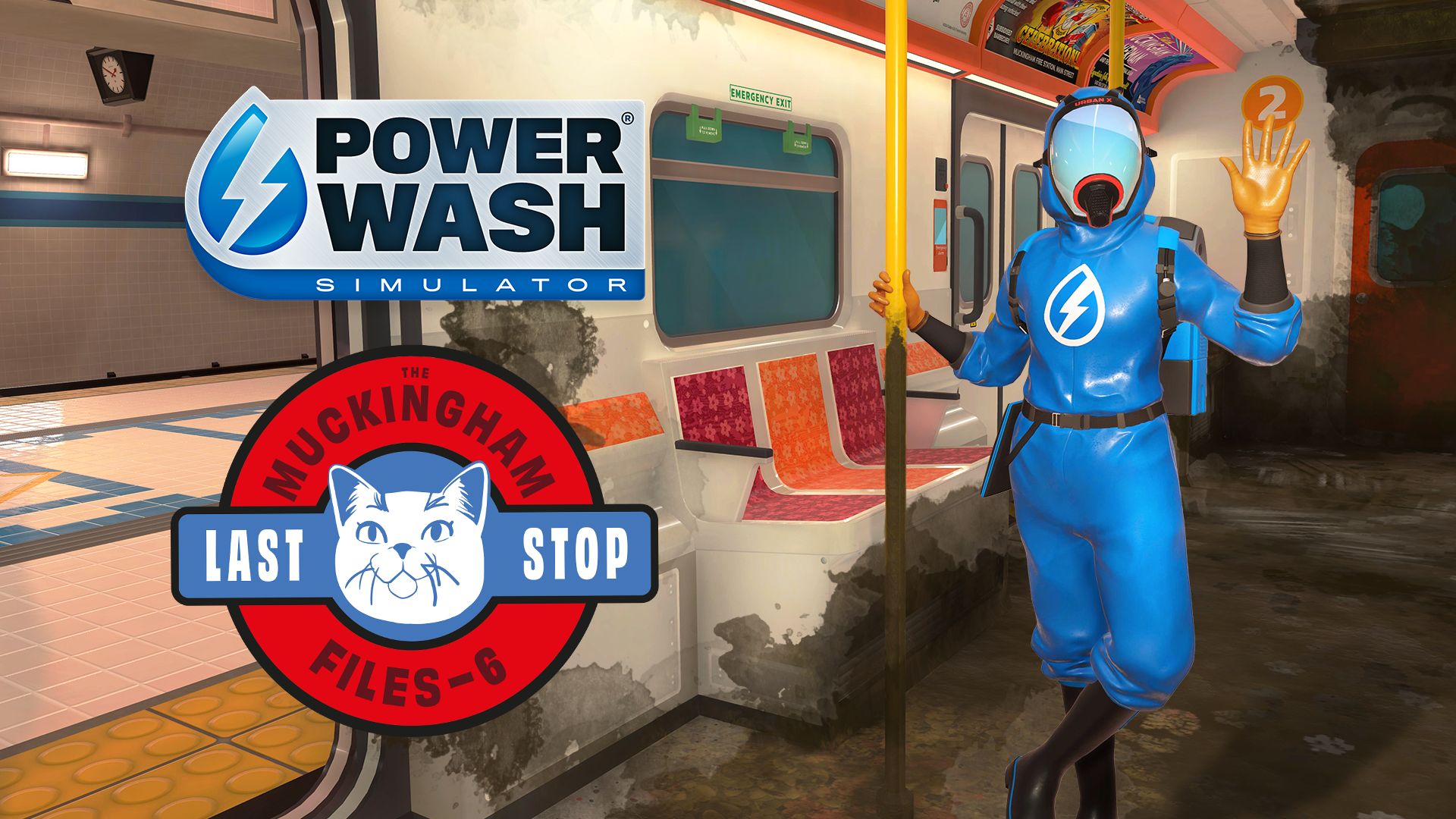
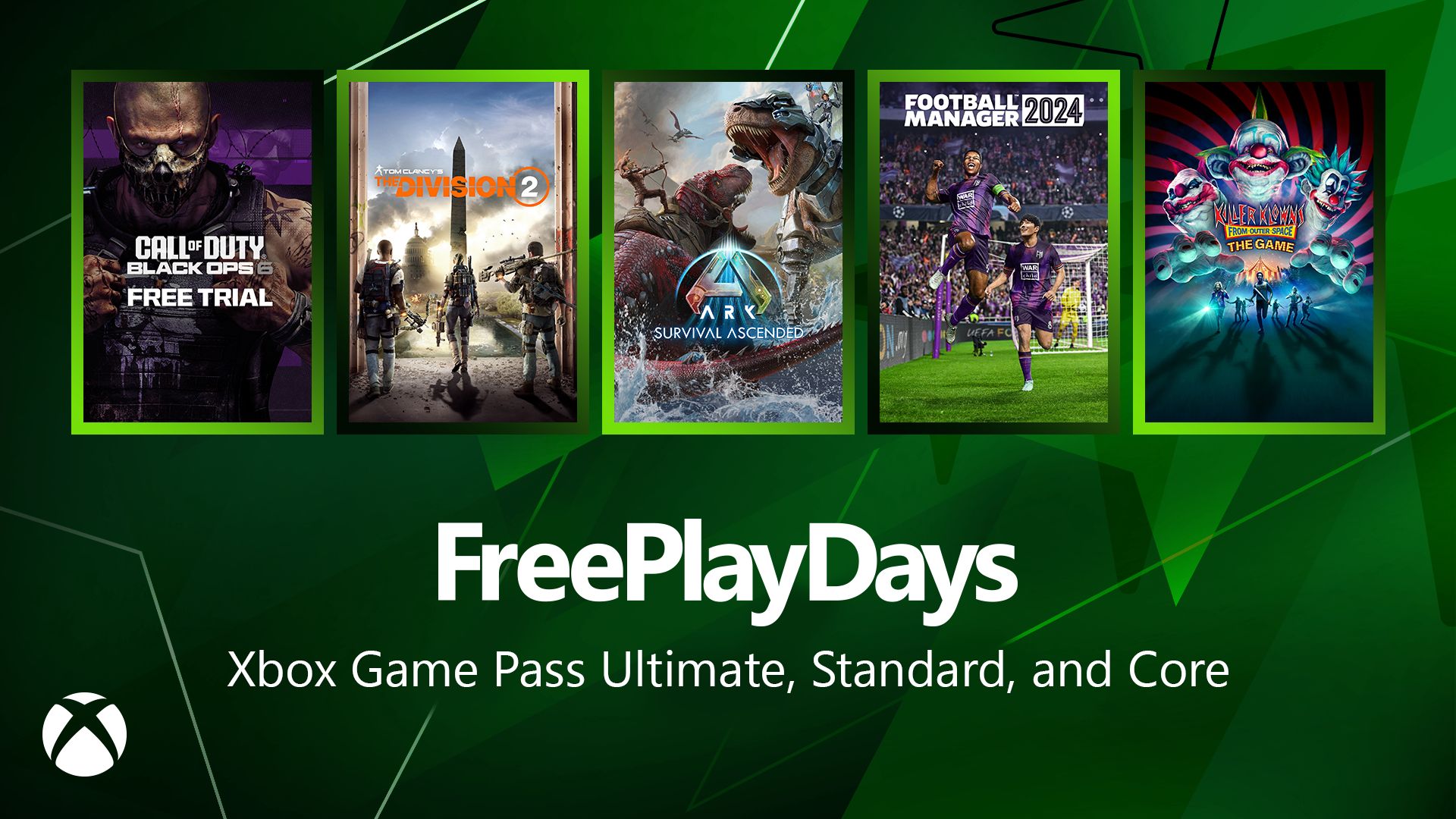








































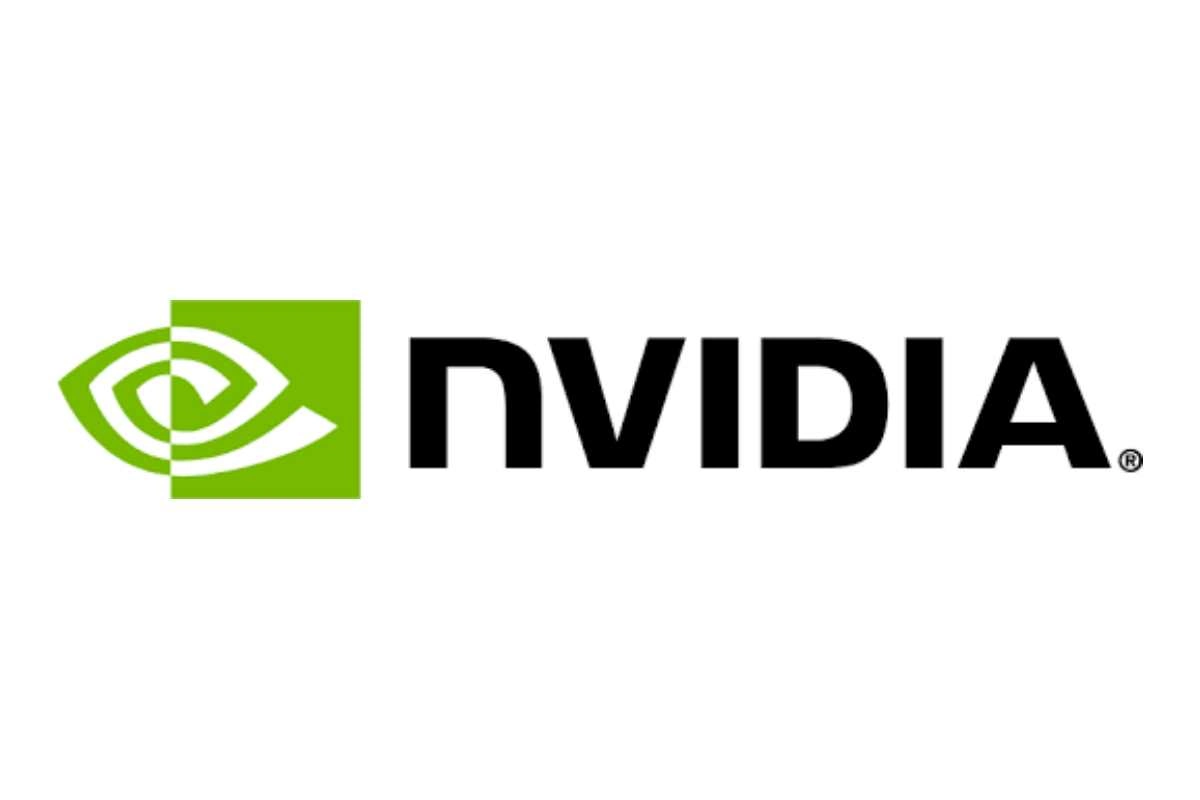







_Luis_Moreira_Alamy.jpg?width=1280&auto=webp&quality=80&disable=upscale#)
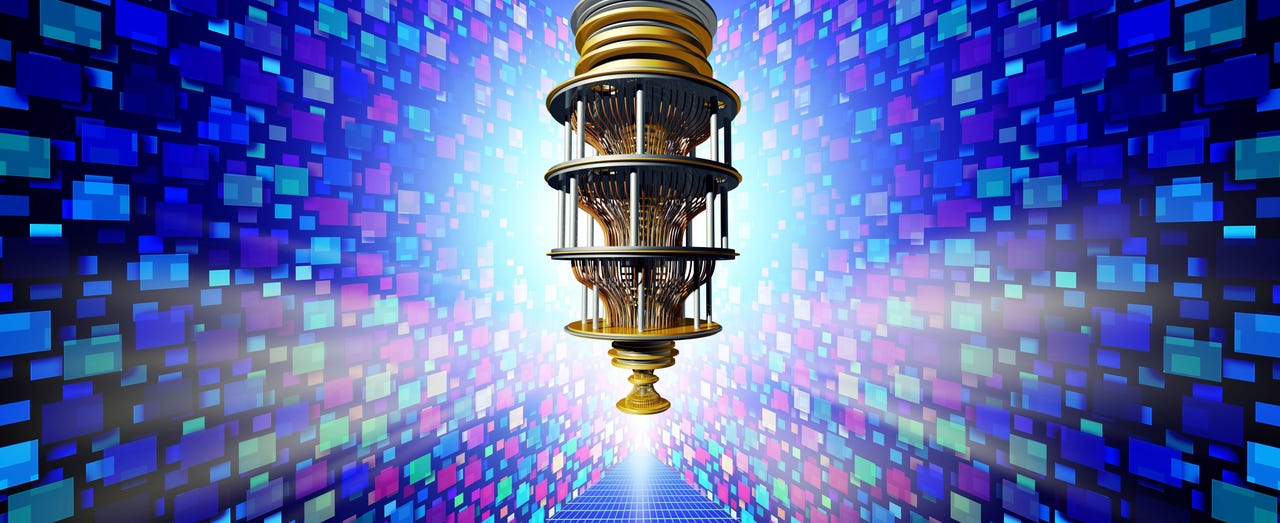
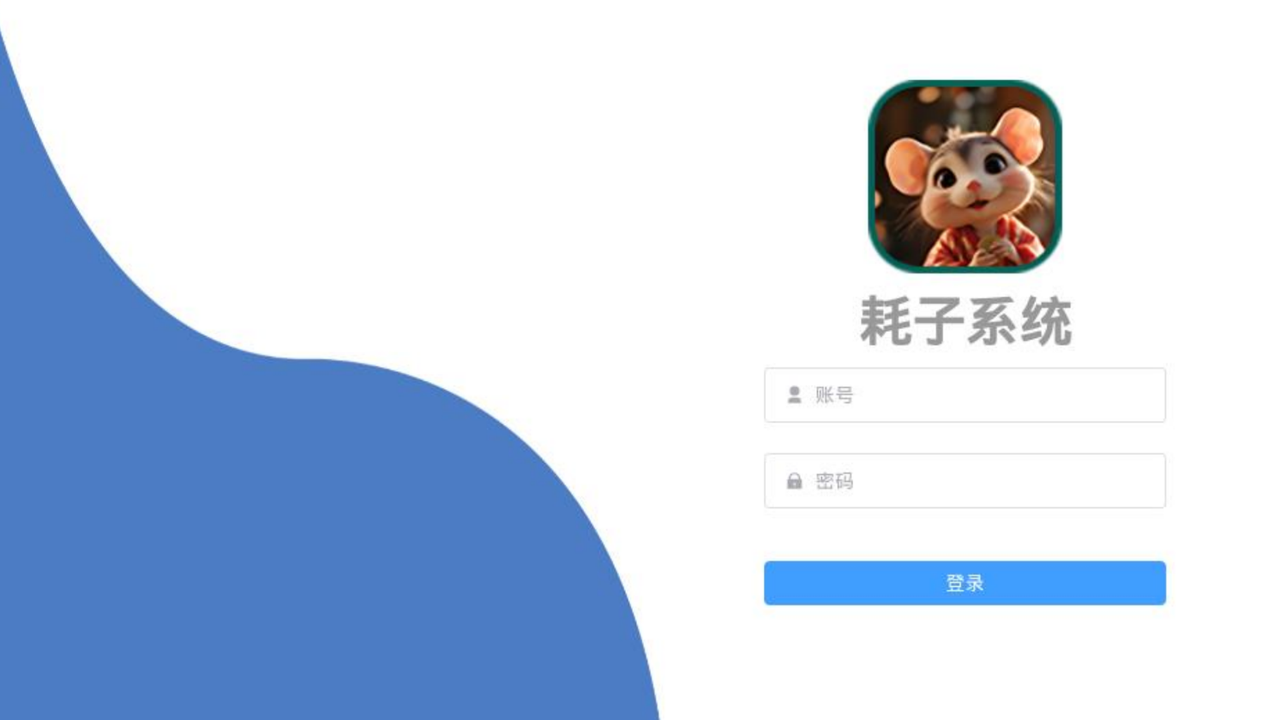
_imageBROKER.com_via_Alamy.jpg?width=1280&auto=webp&quality=80&disable=upscale#)








































































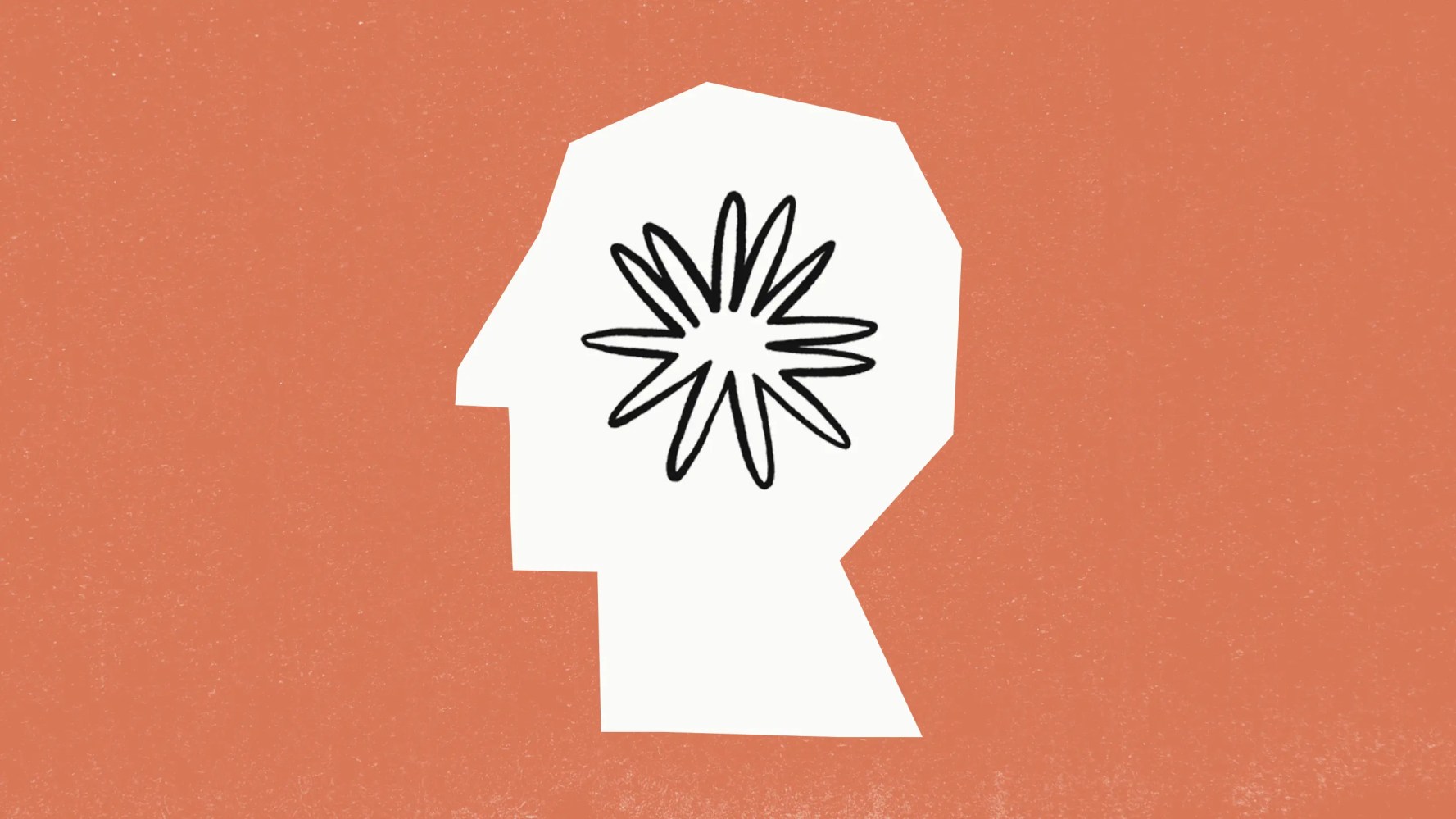


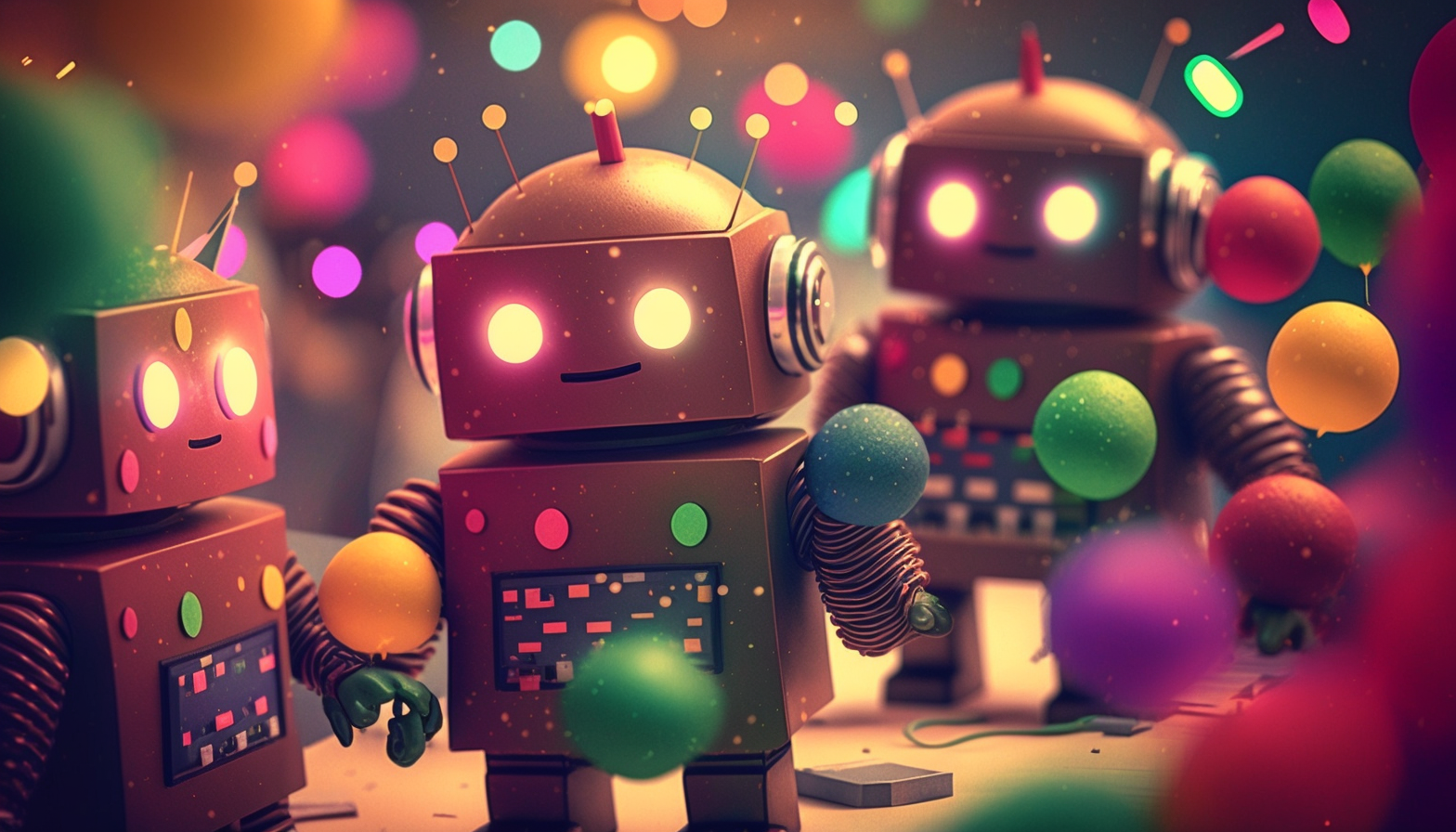
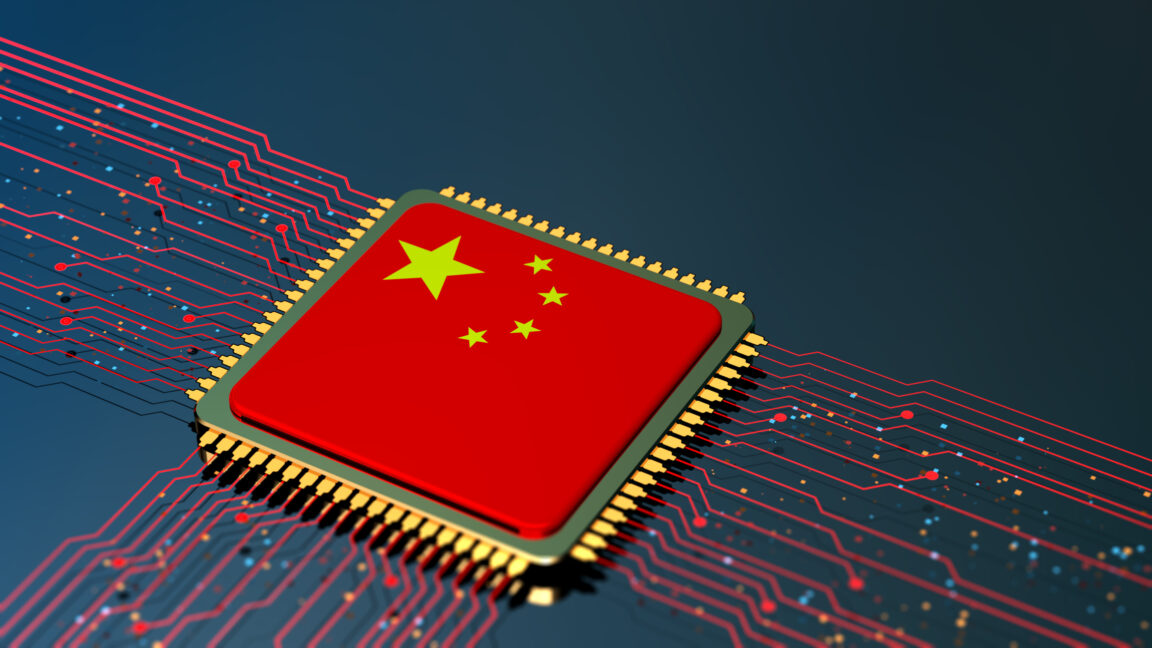
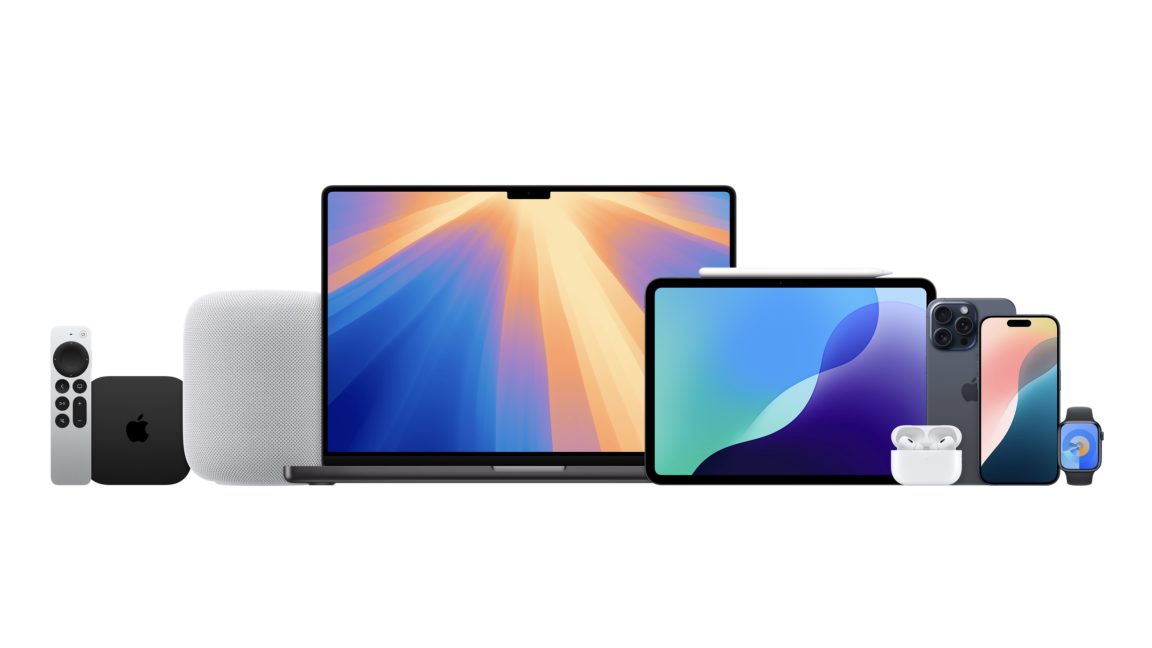
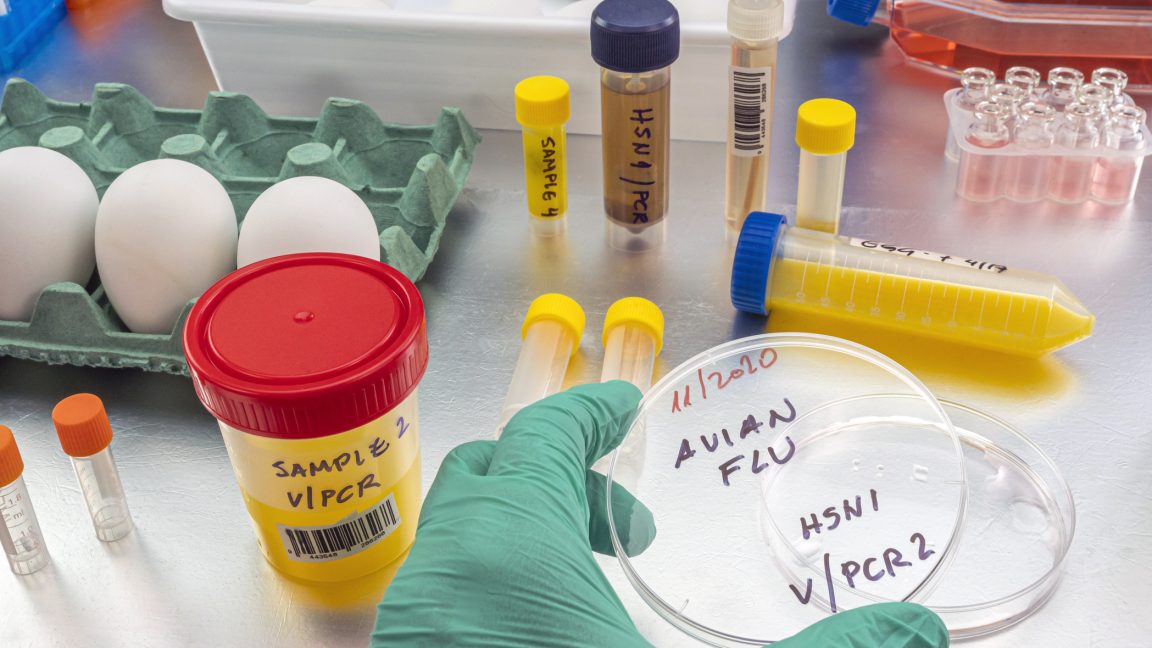
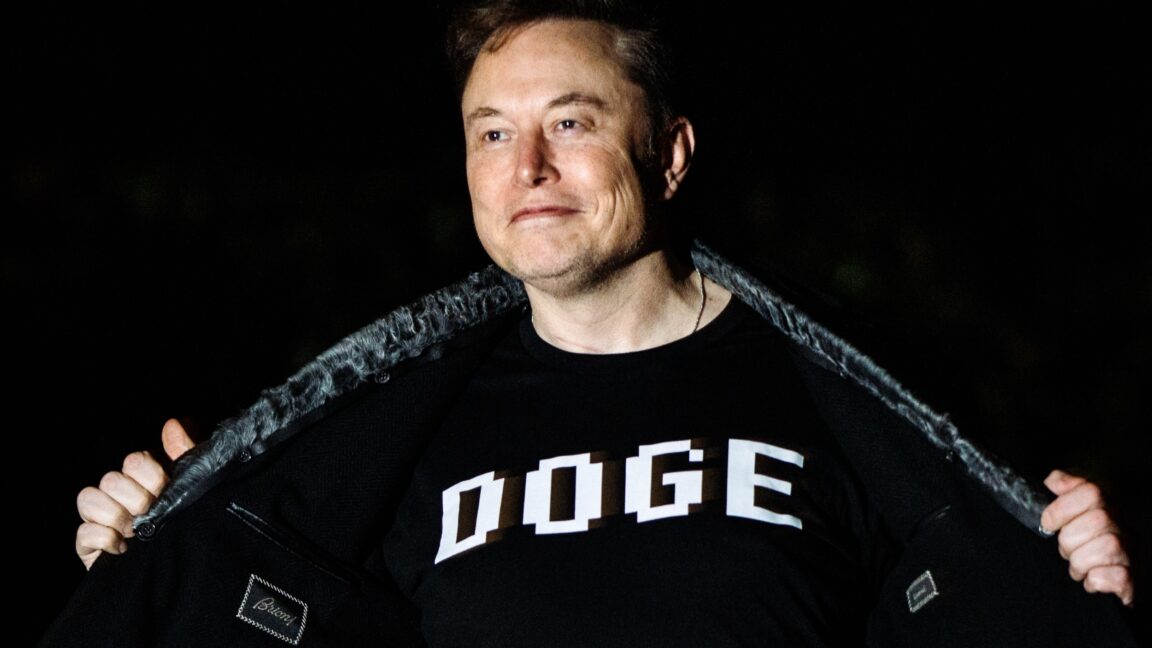
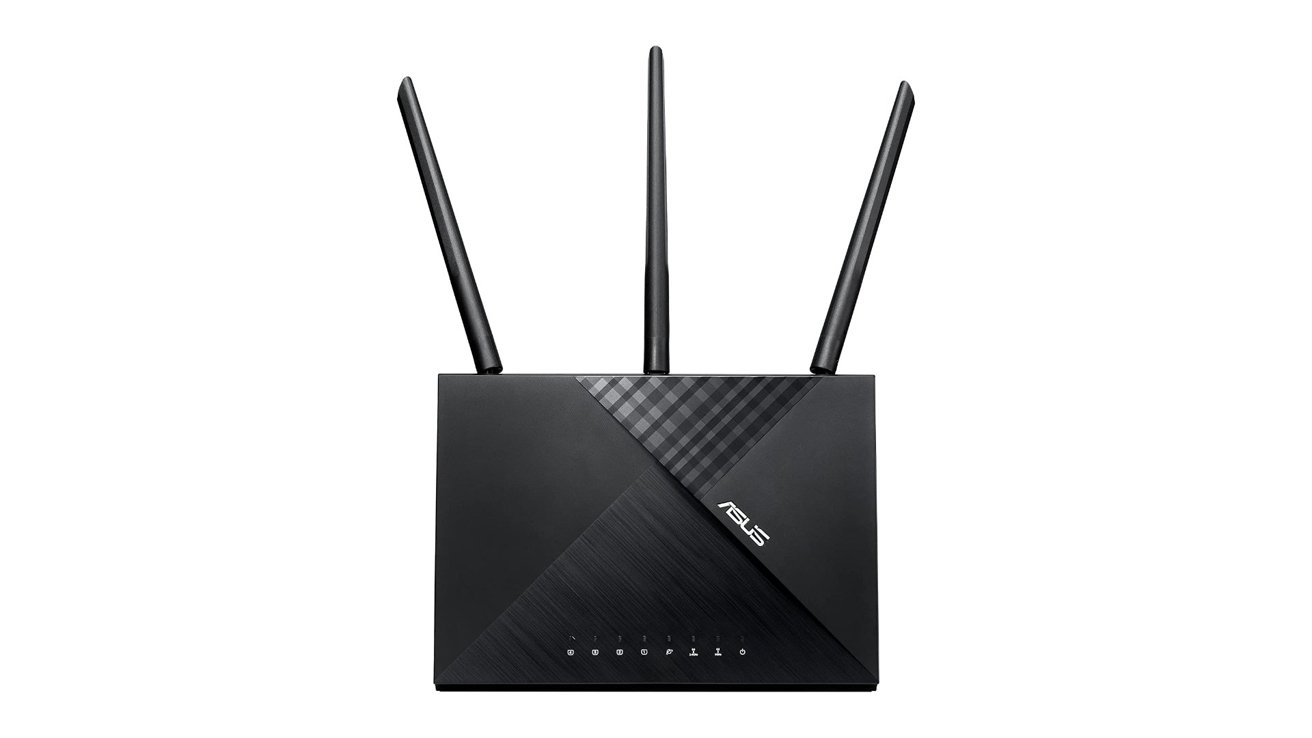



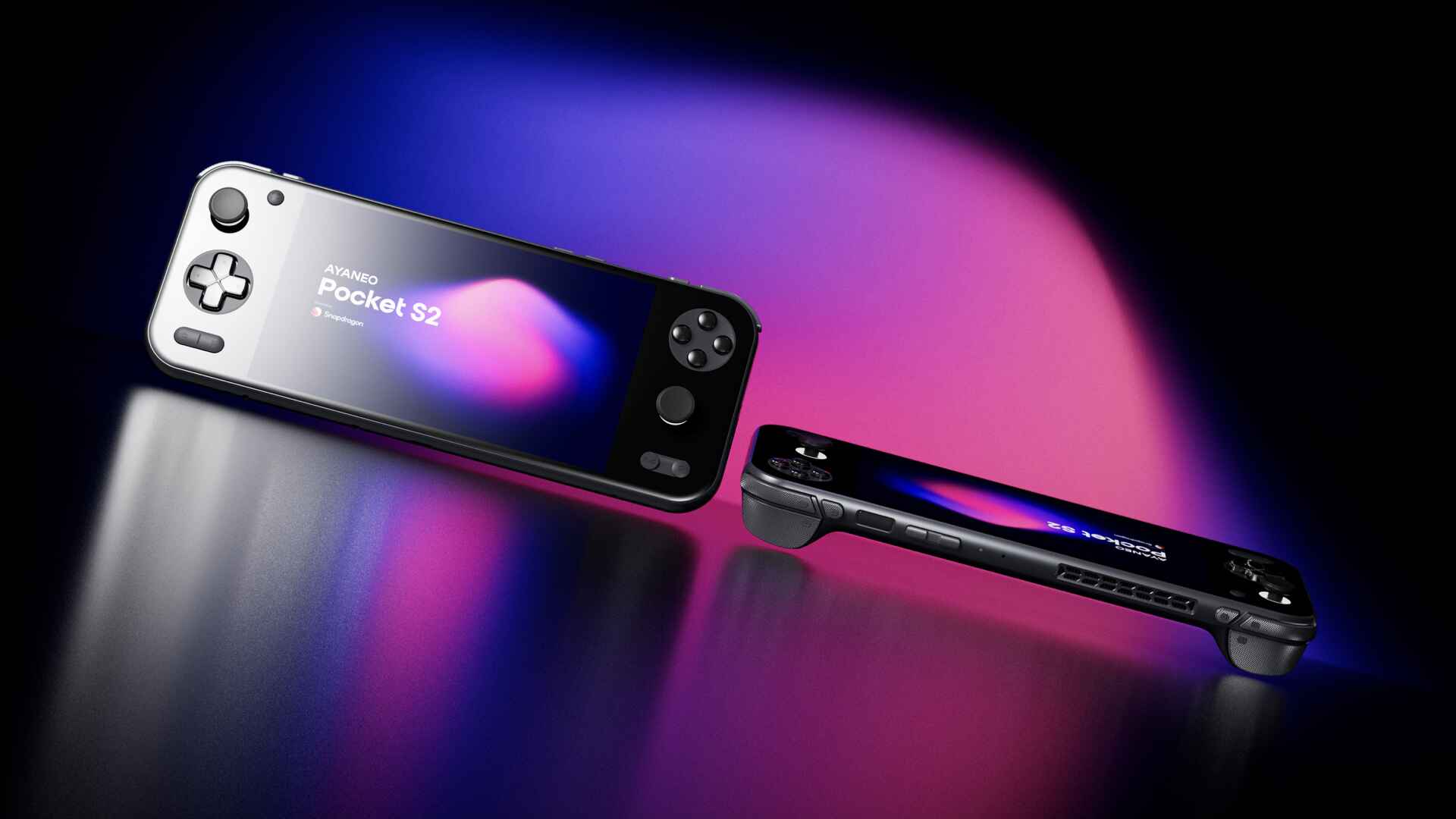


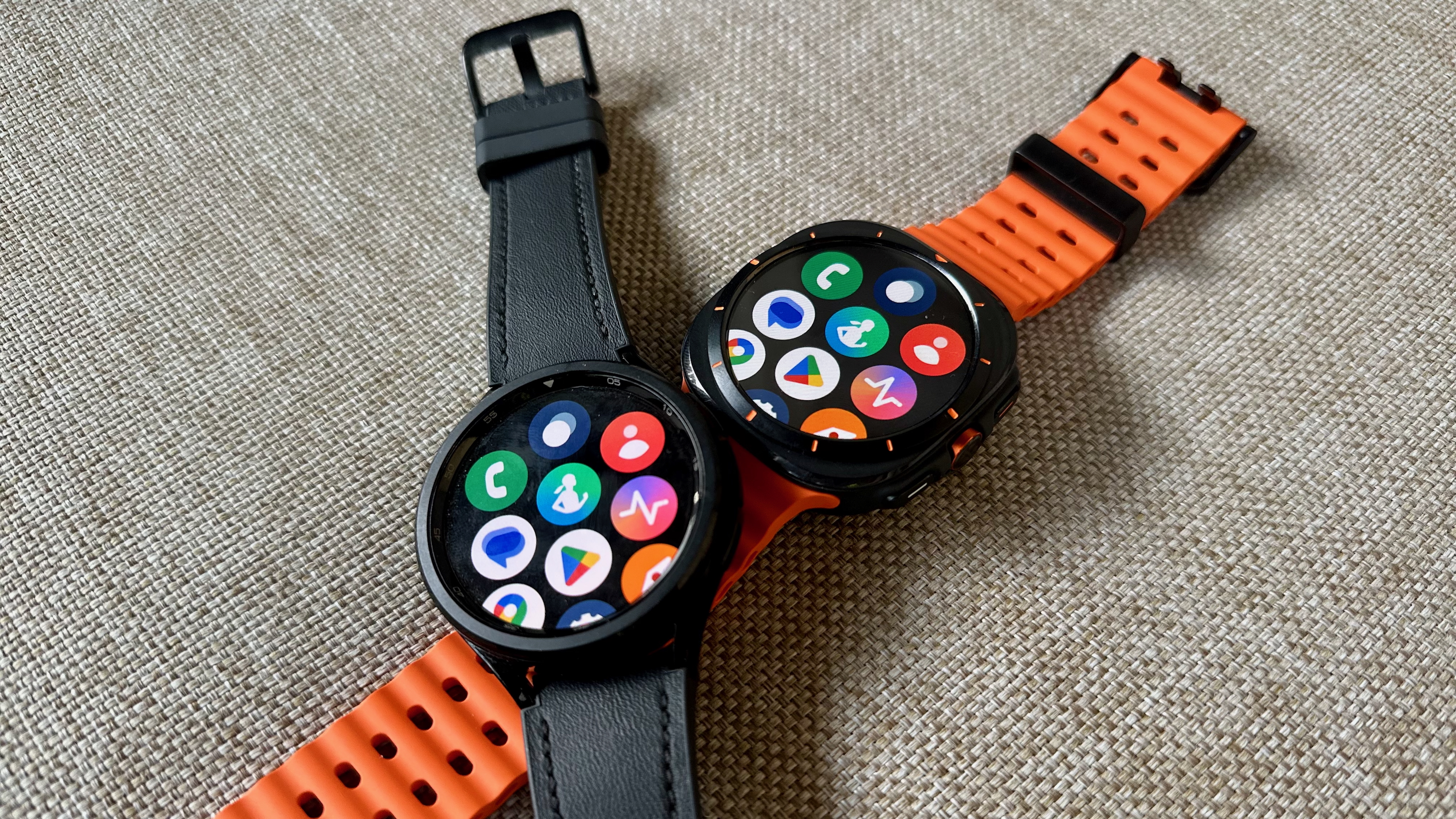
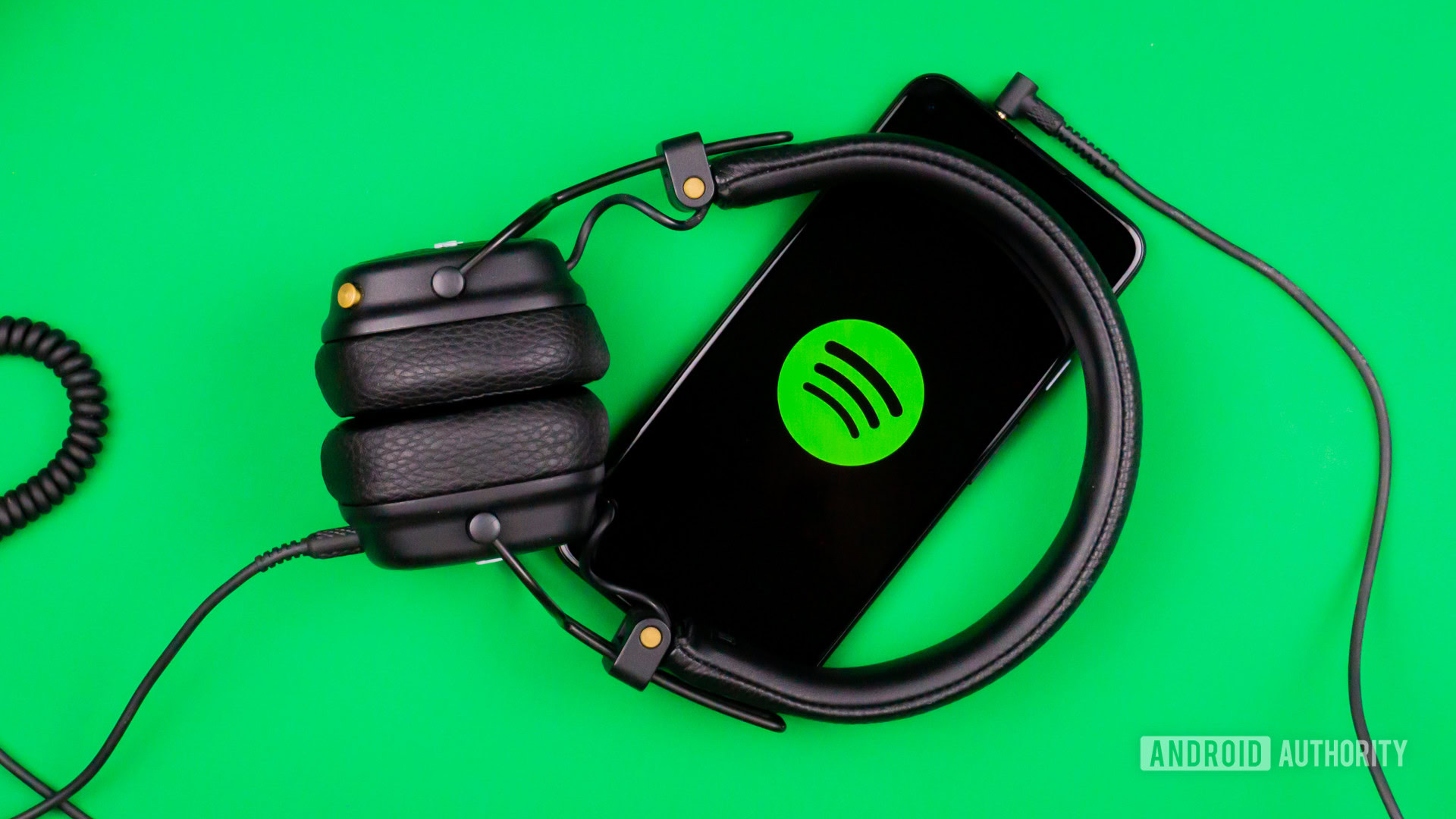




![This app turns your Apple Watch into a Game Boy [Hands-on]](https://i0.wp.com/9to5mac.com/wp-content/uploads/sites/6/2025/05/FI-Arc-emulator.jpg.jpg?resize=1200%2C628&quality=82&strip=all&ssl=1)
![Google TV is finally preparing sleep timer support as app readies Material 3 Expressive [Gallery]](https://i0.wp.com/9to5google.com/wp-content/uploads/sites/4/2024/01/google-tv-logo.jpg?resize=1200%2C628&quality=82&strip=all&ssl=1)





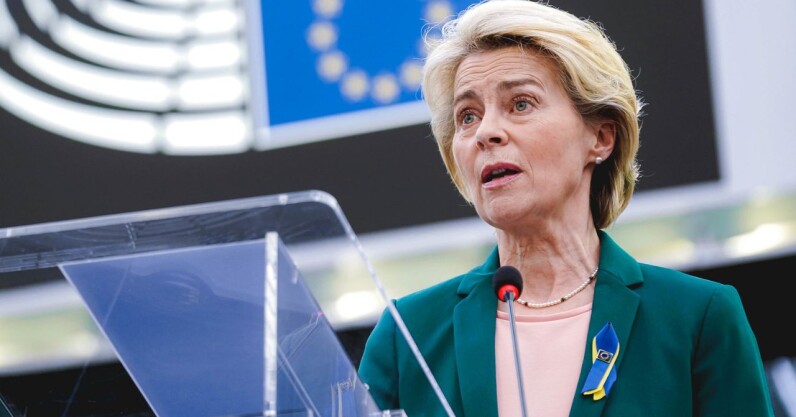







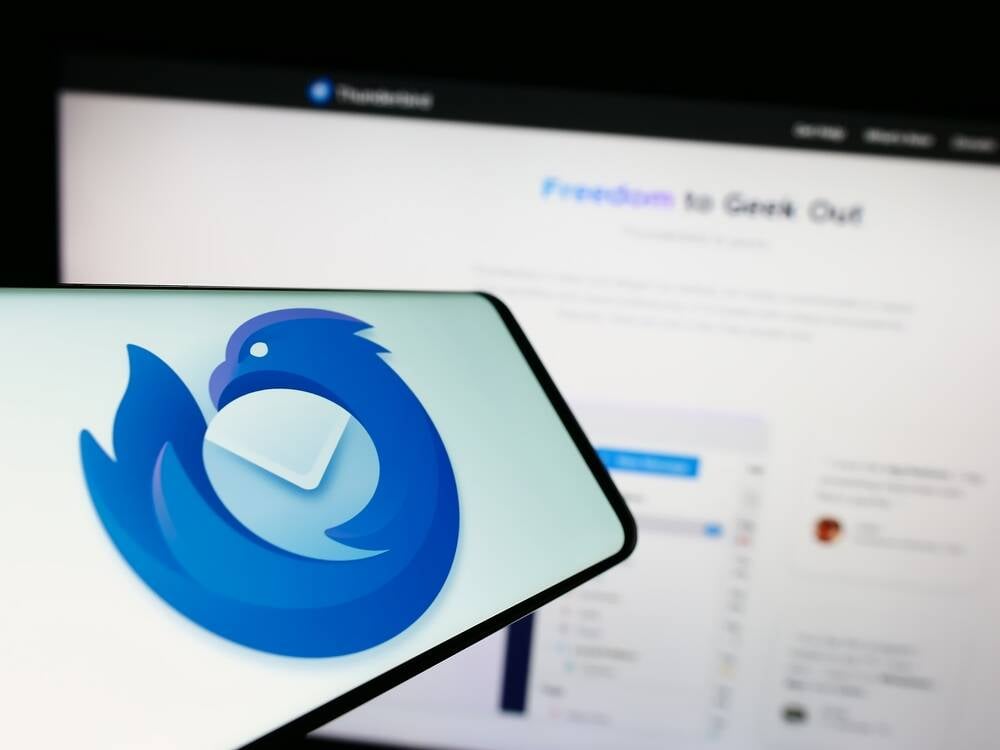
![Apple Shares Official Trailer for 'Smoke' Starring Taron Egerton [Video]](https://www.iclarified.com/images/news/97453/97453/97453-640.jpg)
![Apple's M4 Mac Mini Drops to $488.63, New Lowest Price Ever [Deal]](https://www.iclarified.com/images/news/97456/97456/97456-1280.jpg)

![iPhone 16 Becomes World's Best-Selling Smartphone in Q1 2025 [Chart]](https://www.iclarified.com/images/news/97448/97448/97448-640.jpg)





















